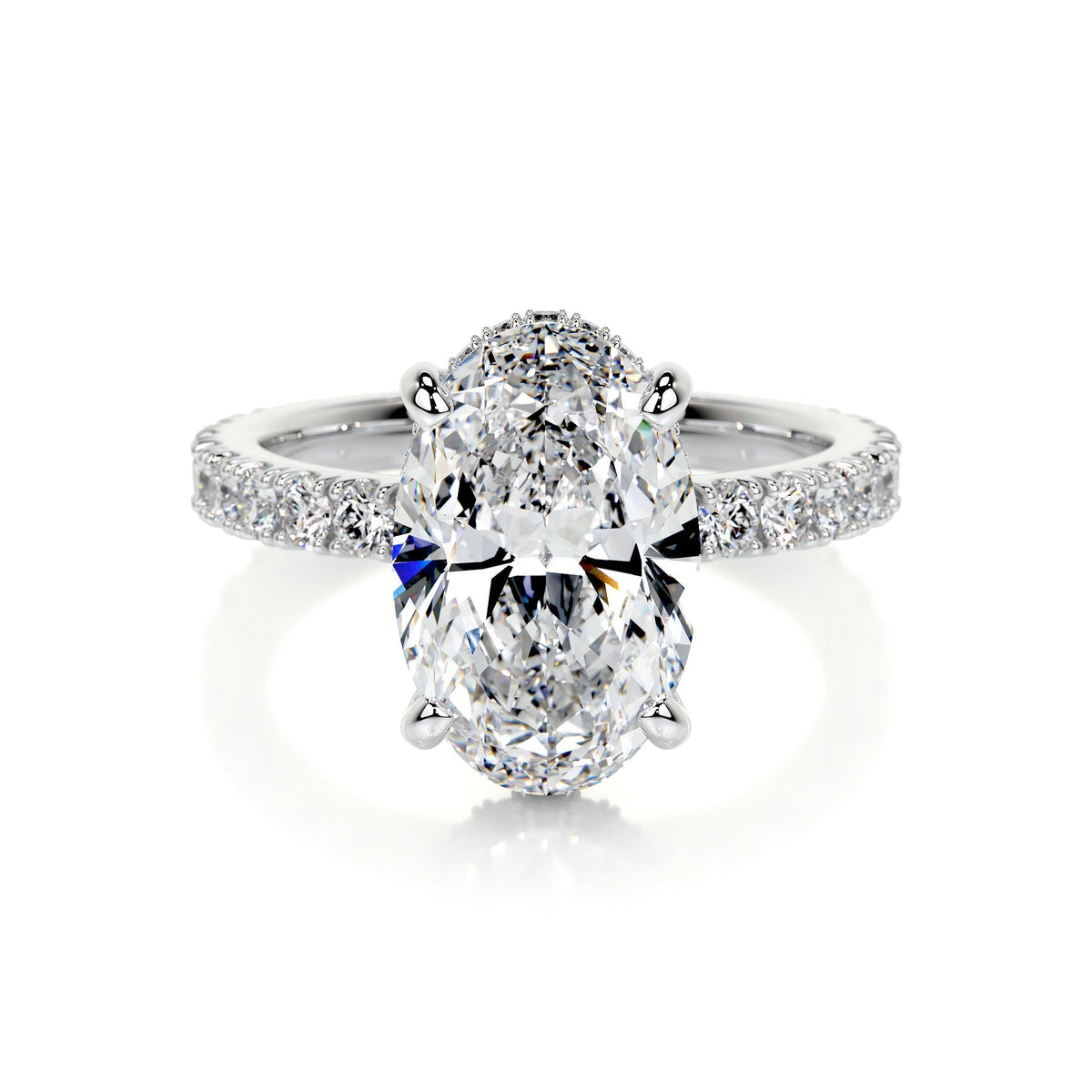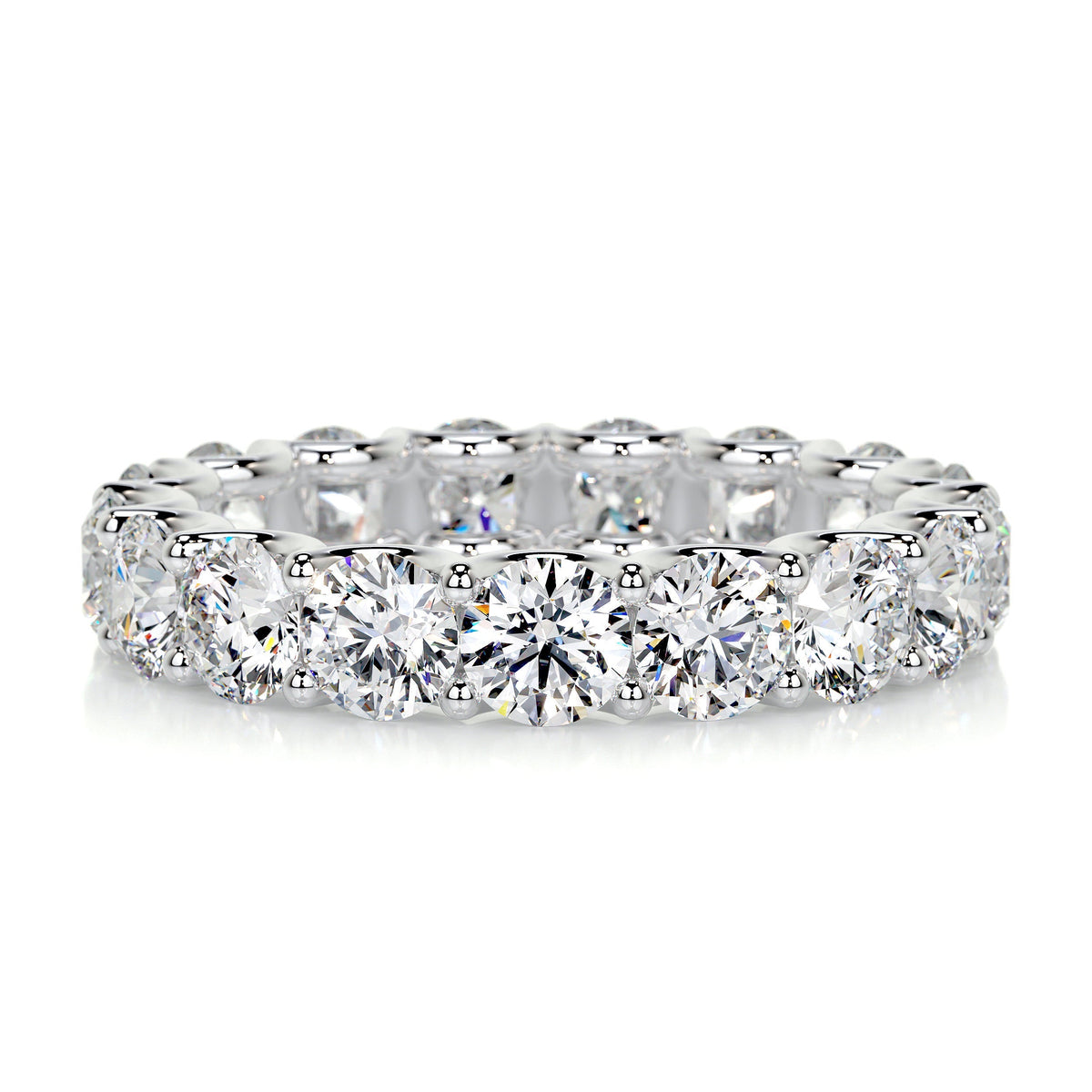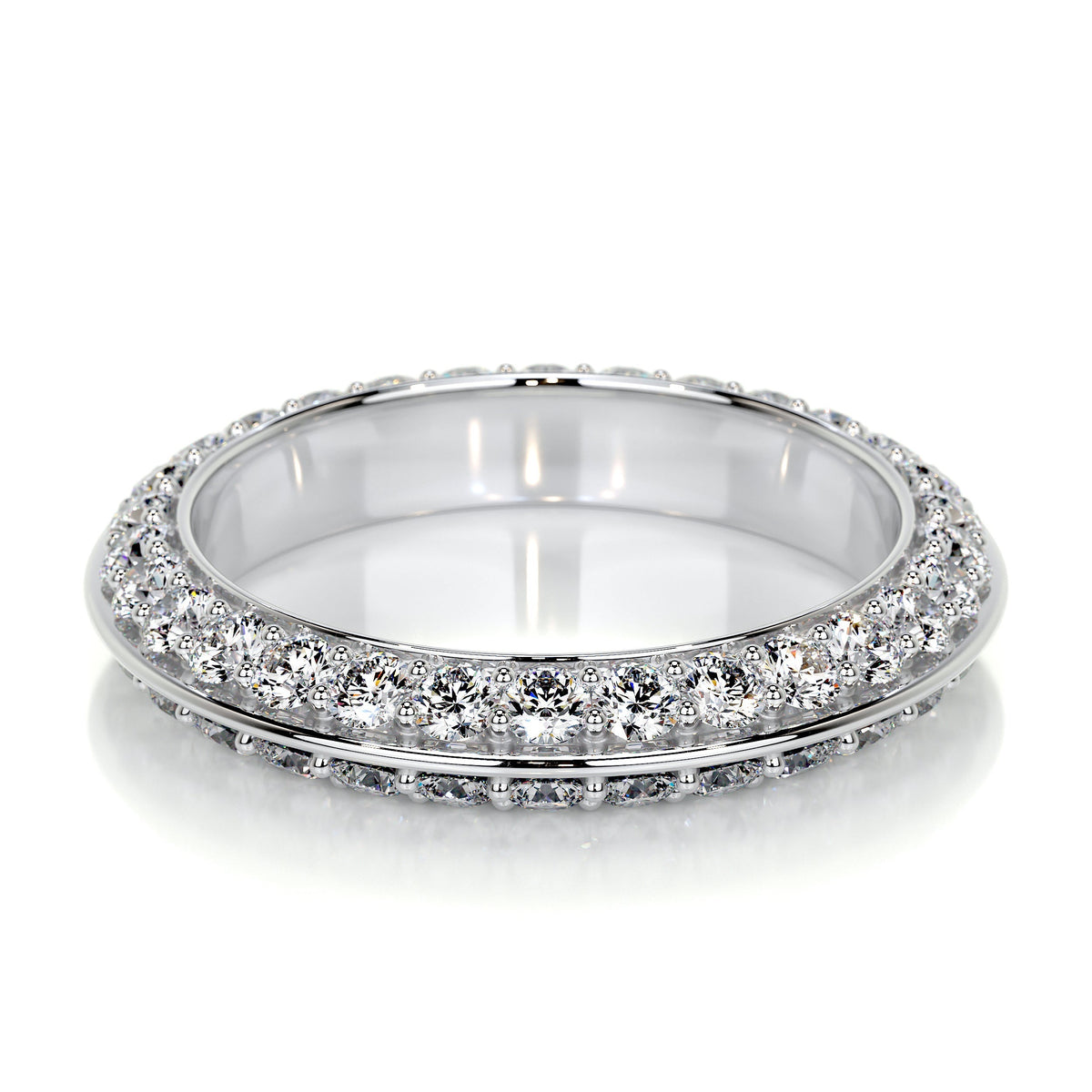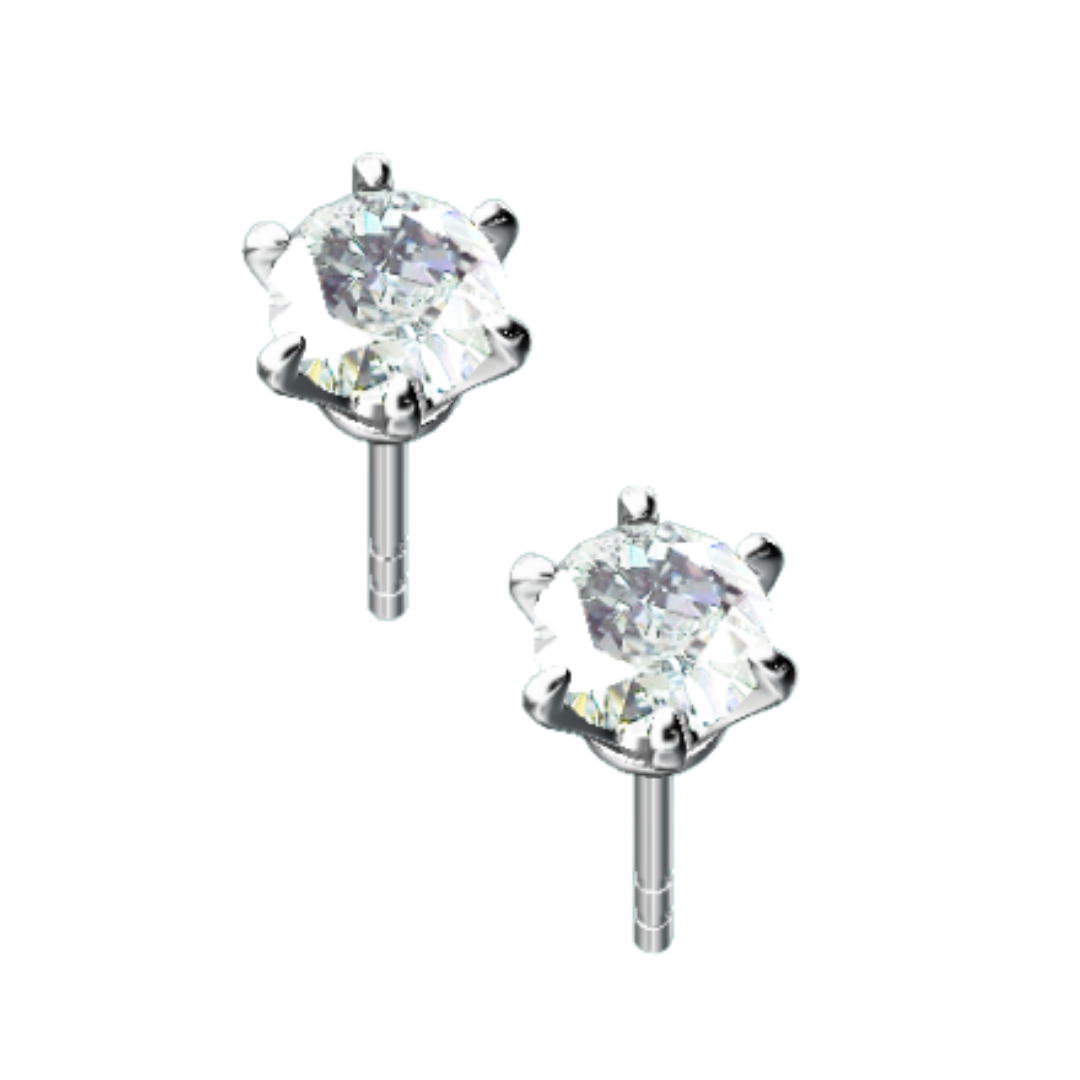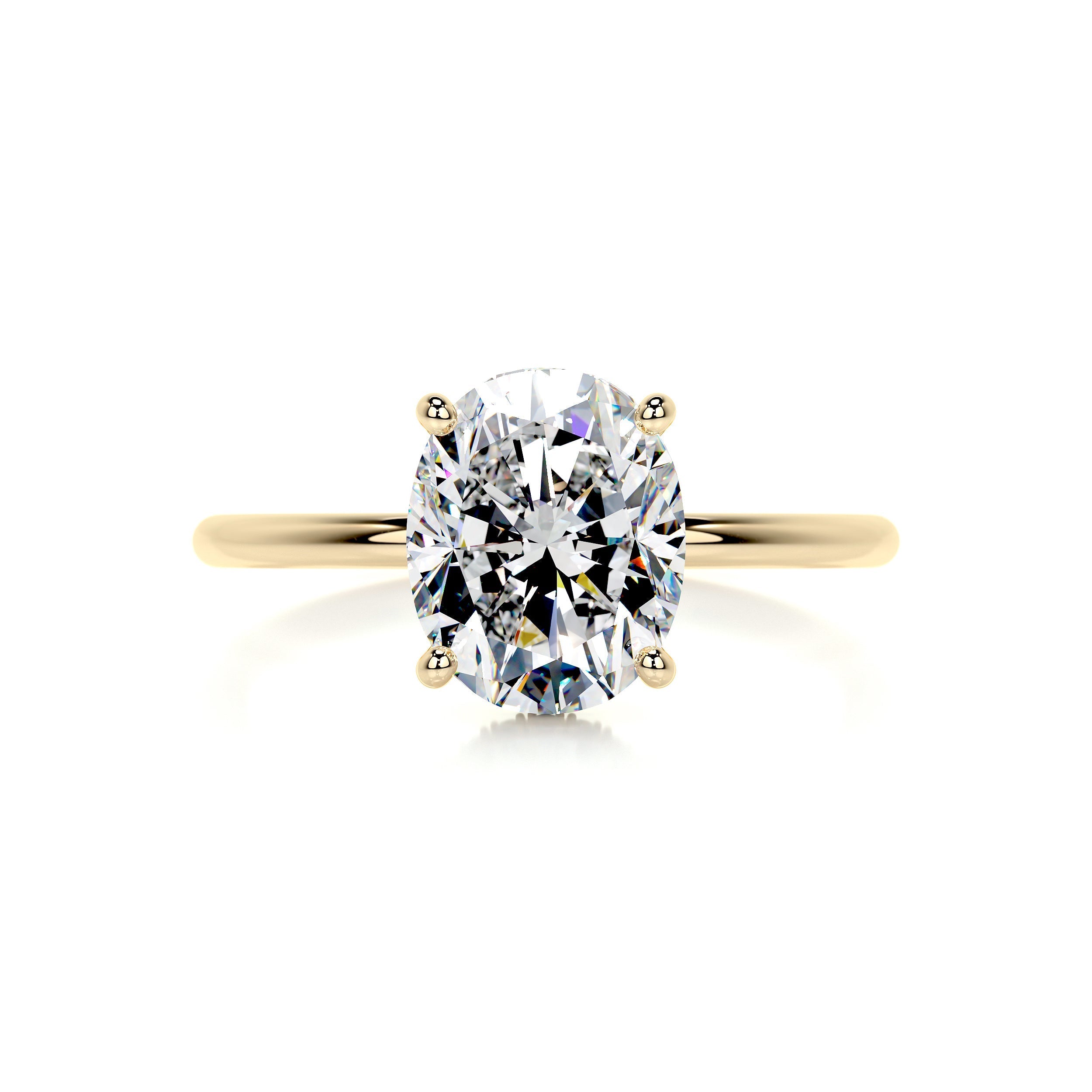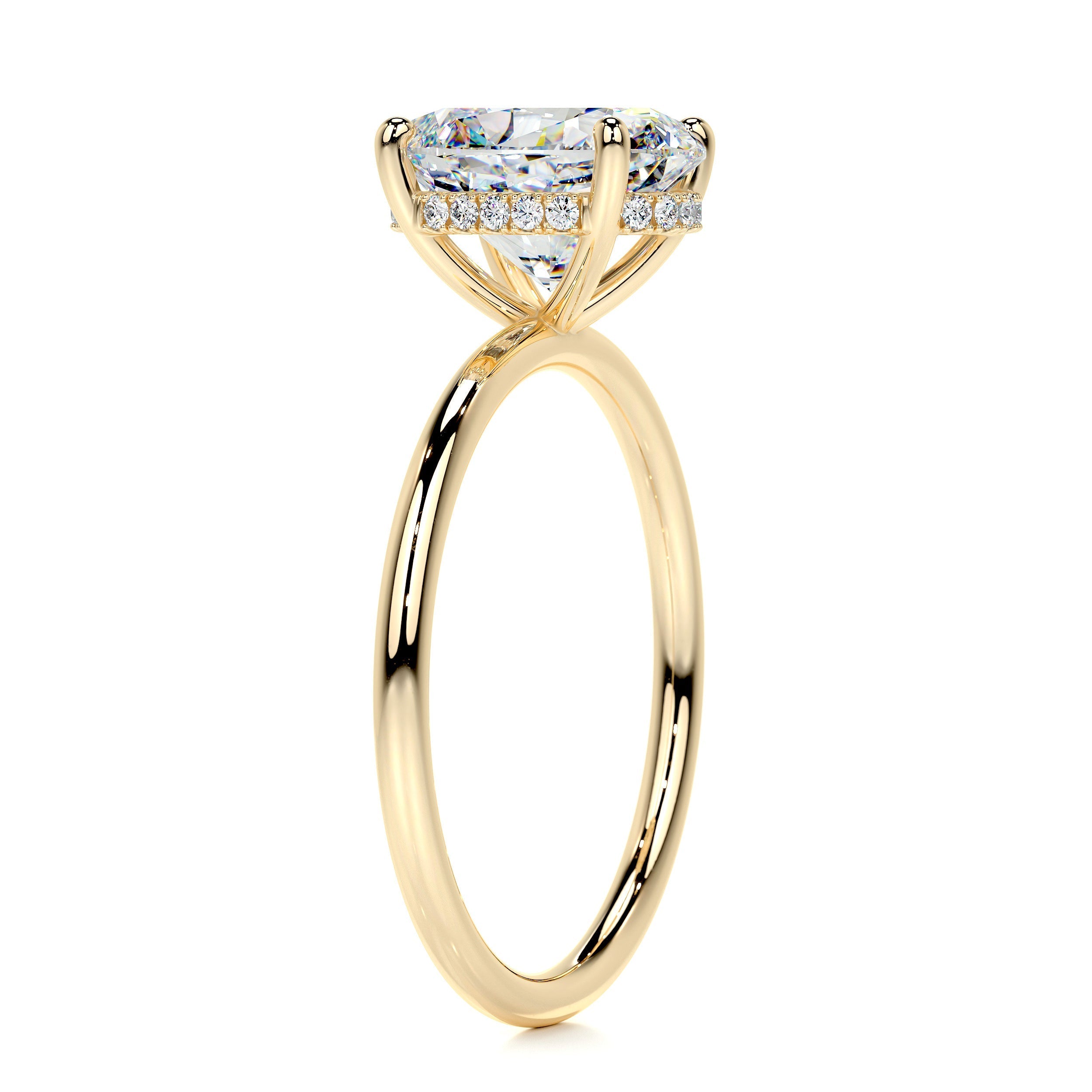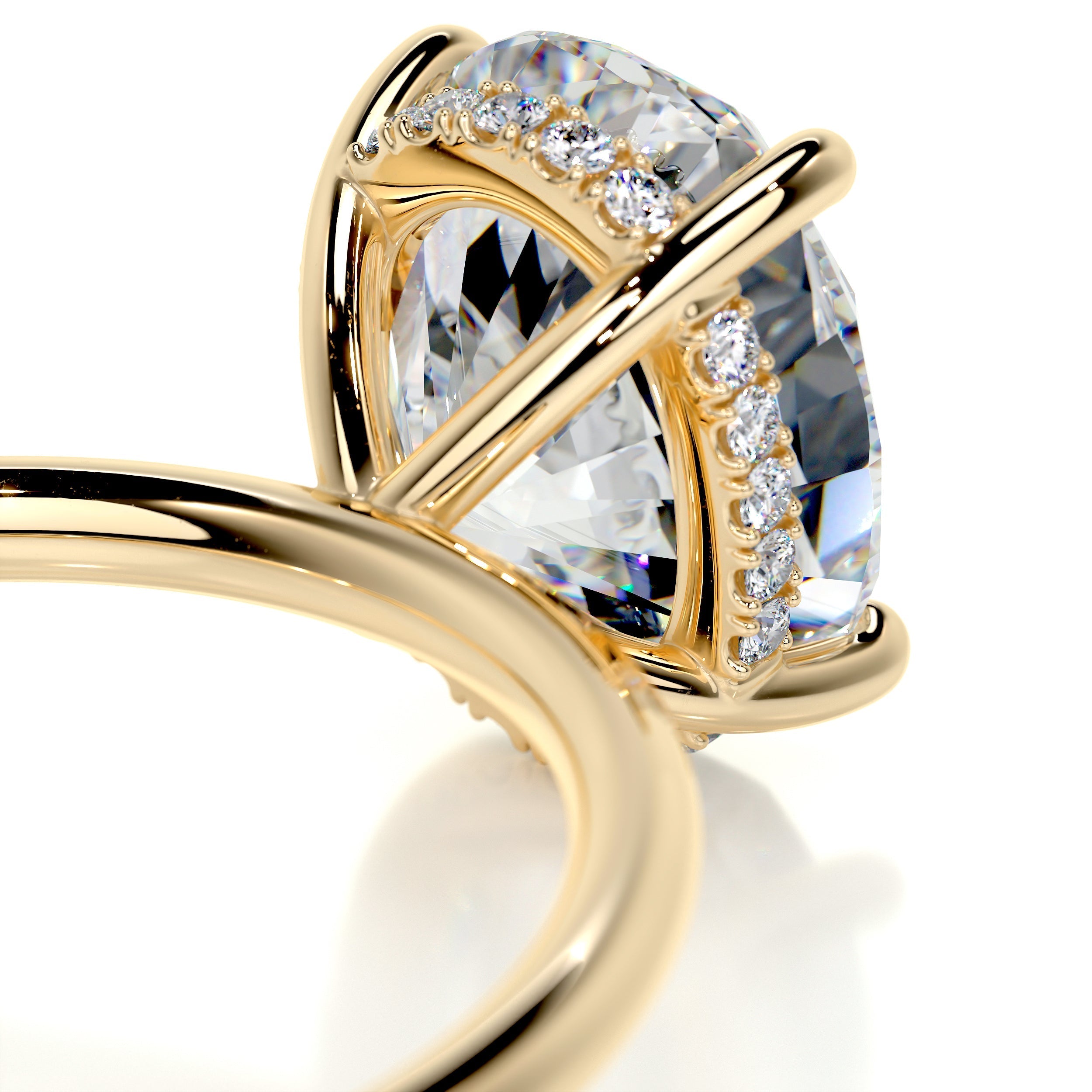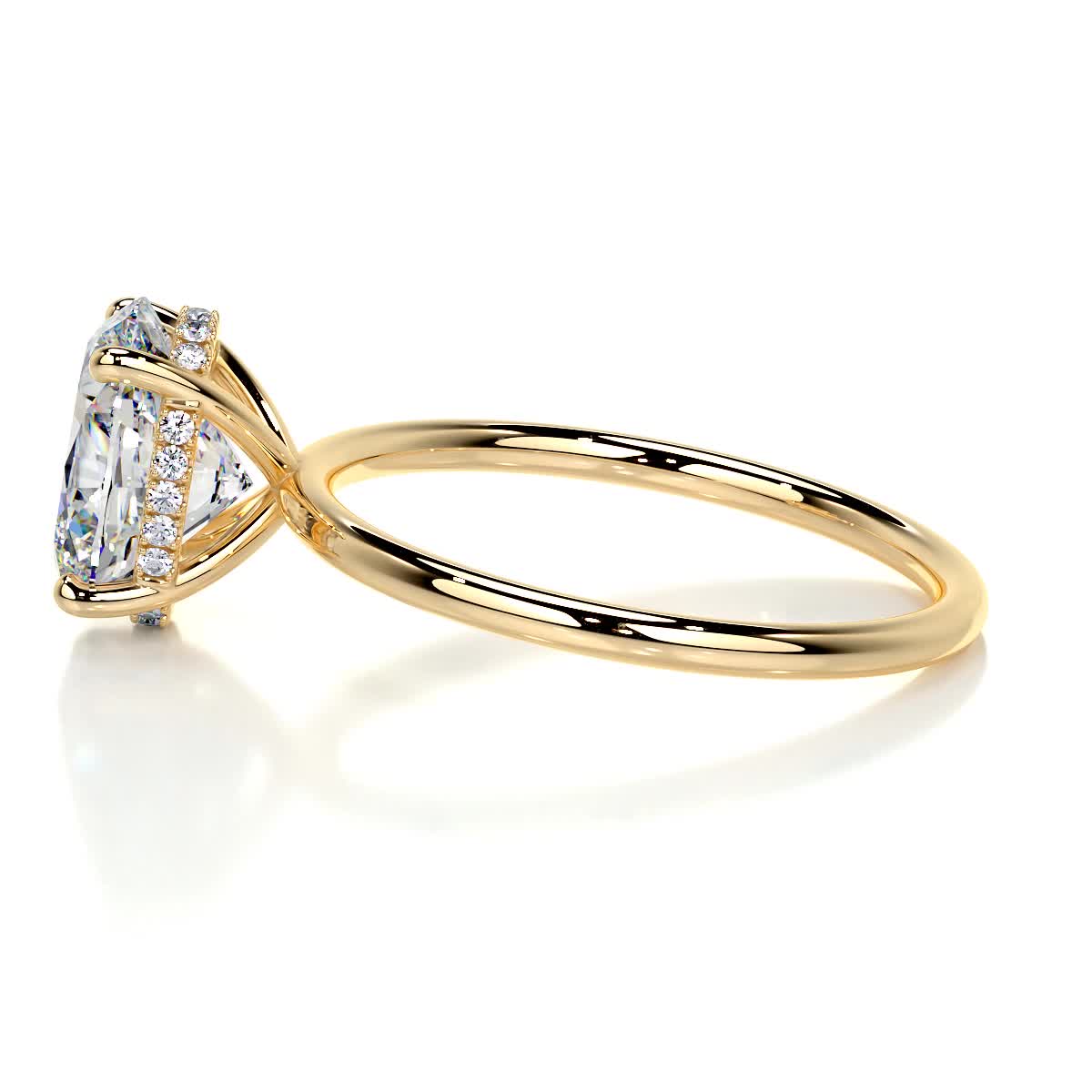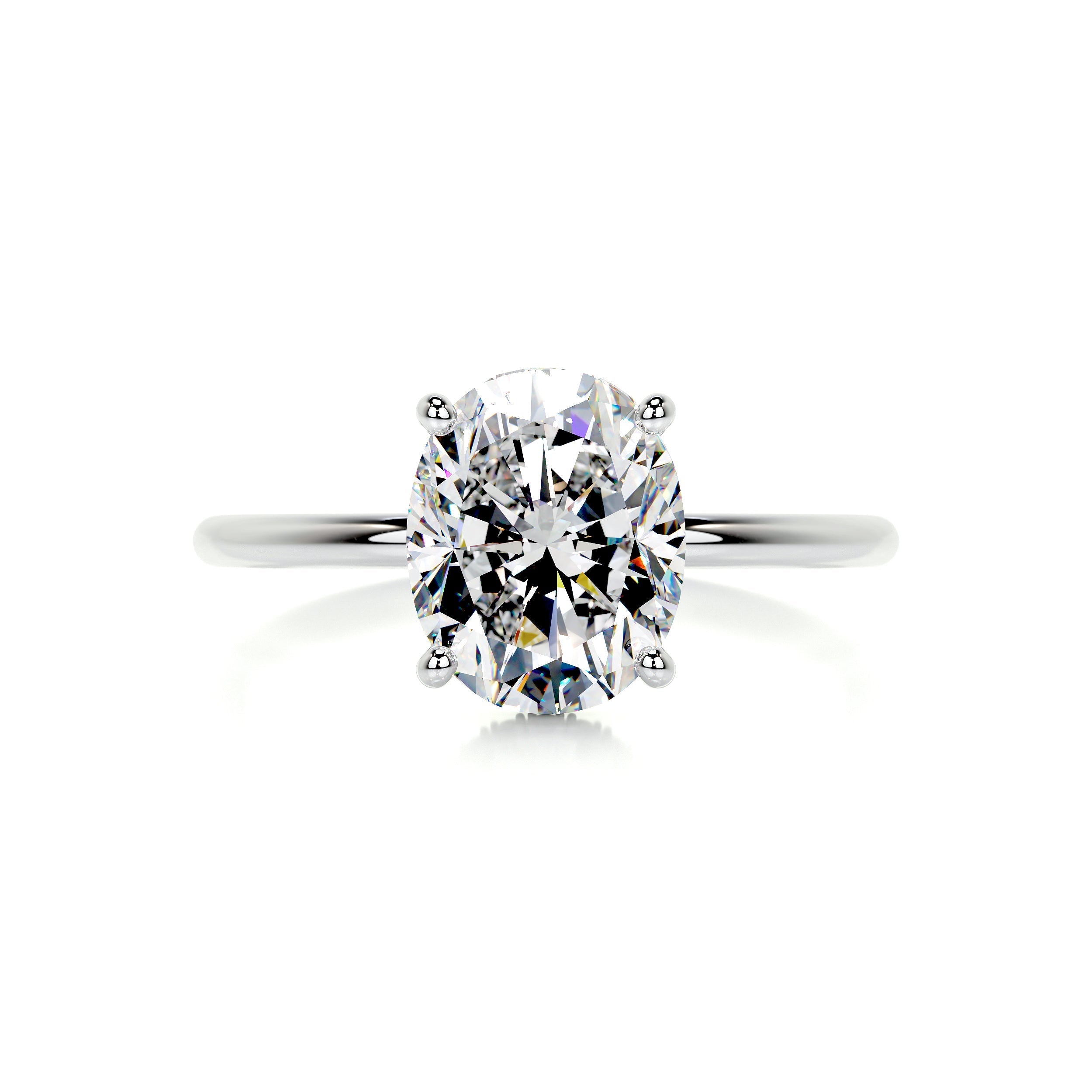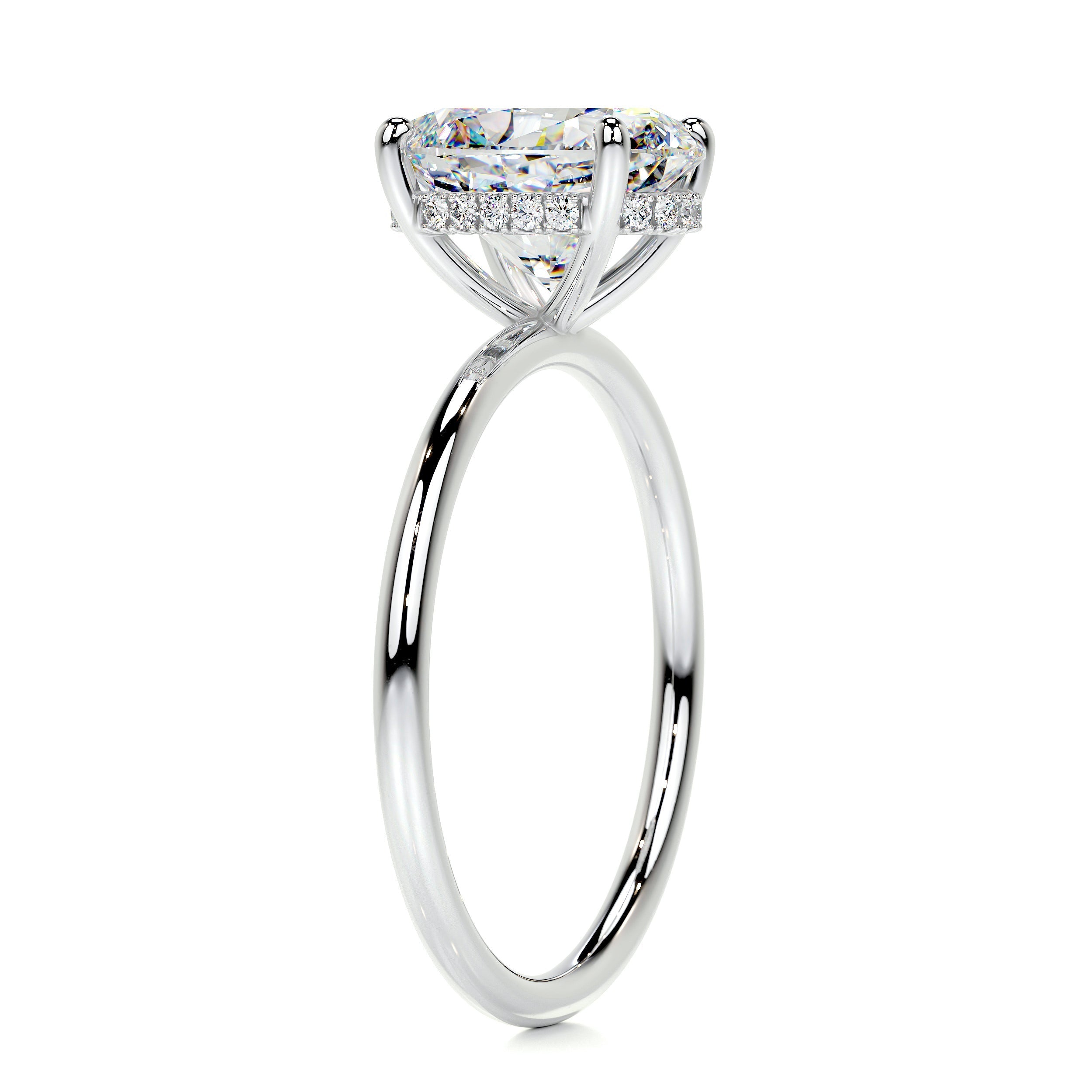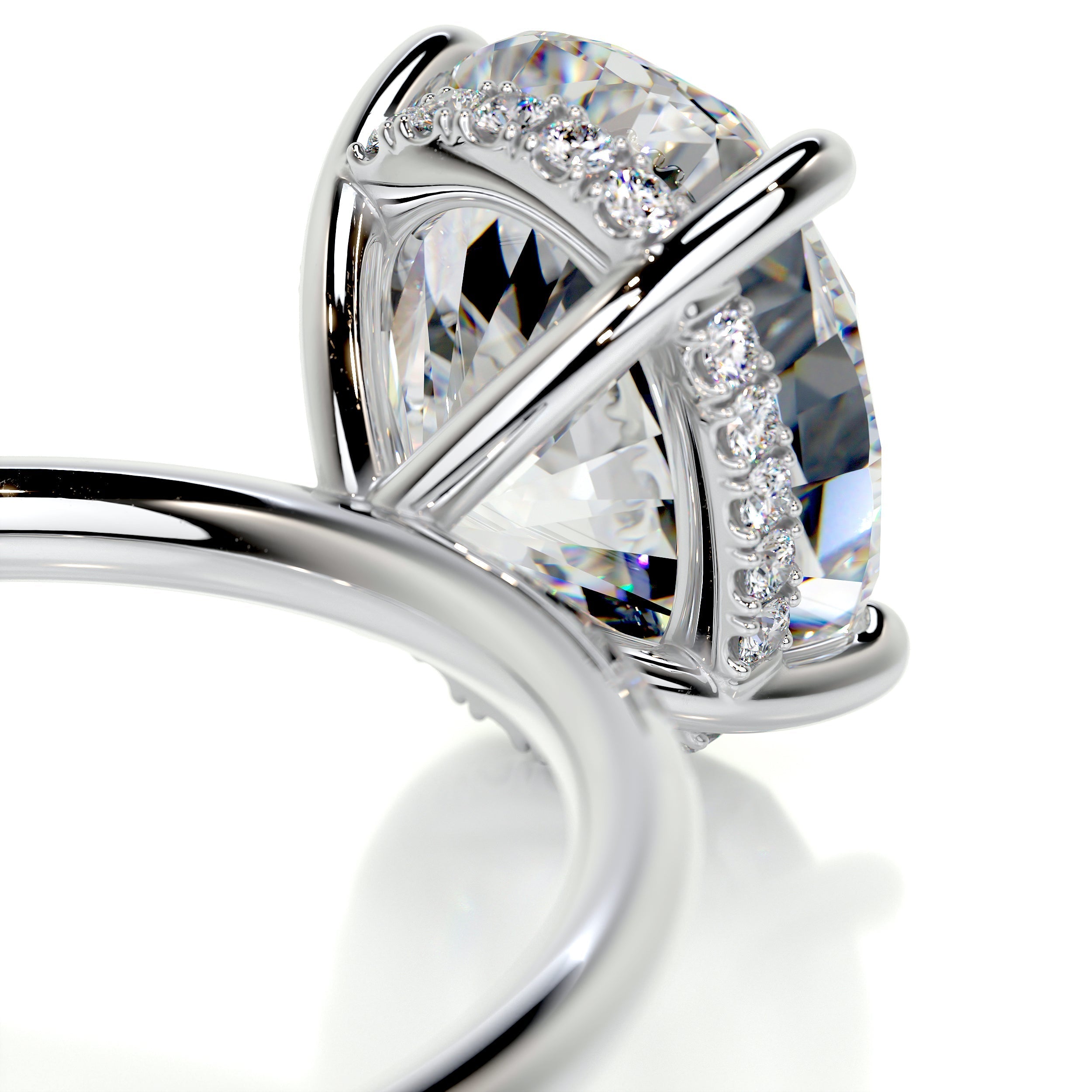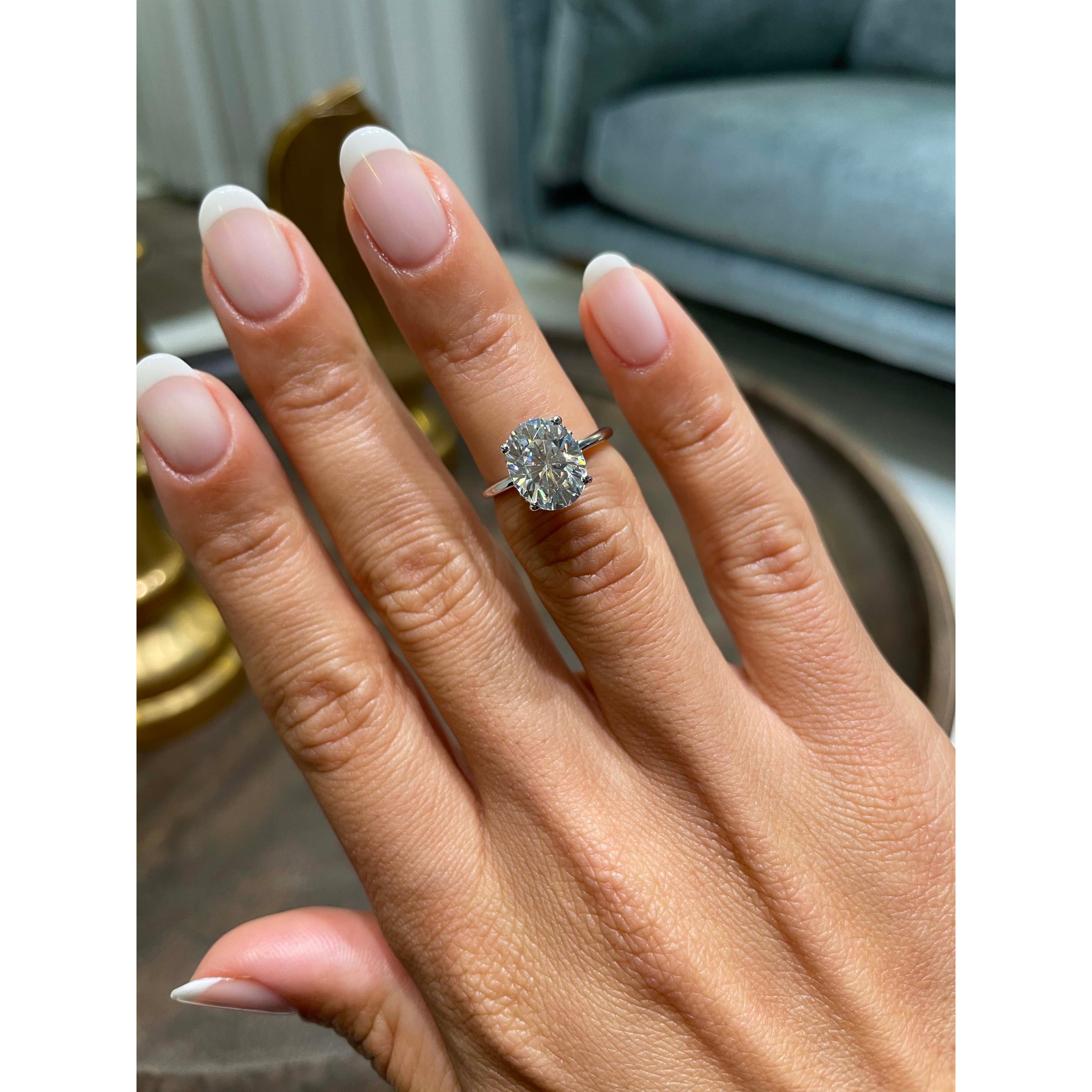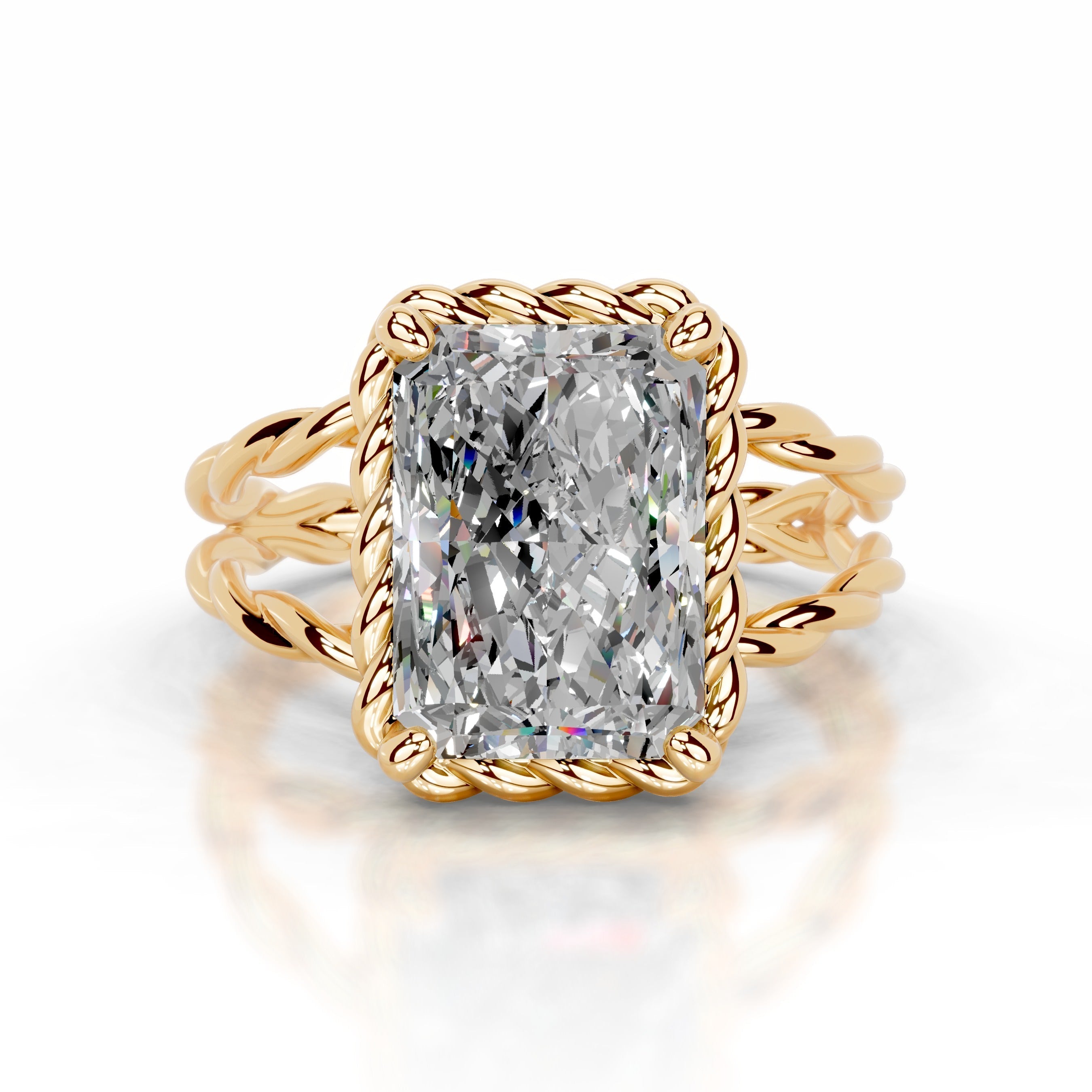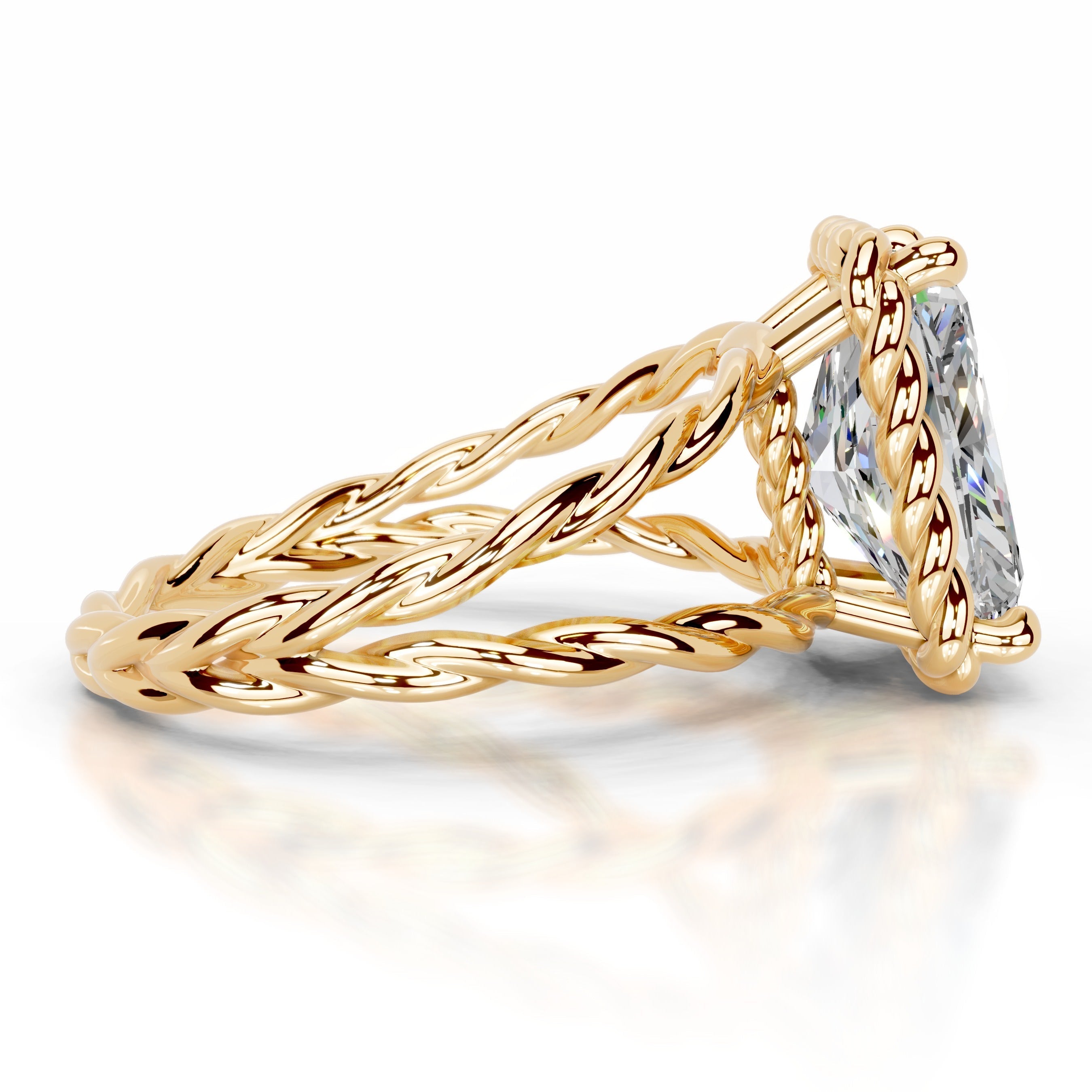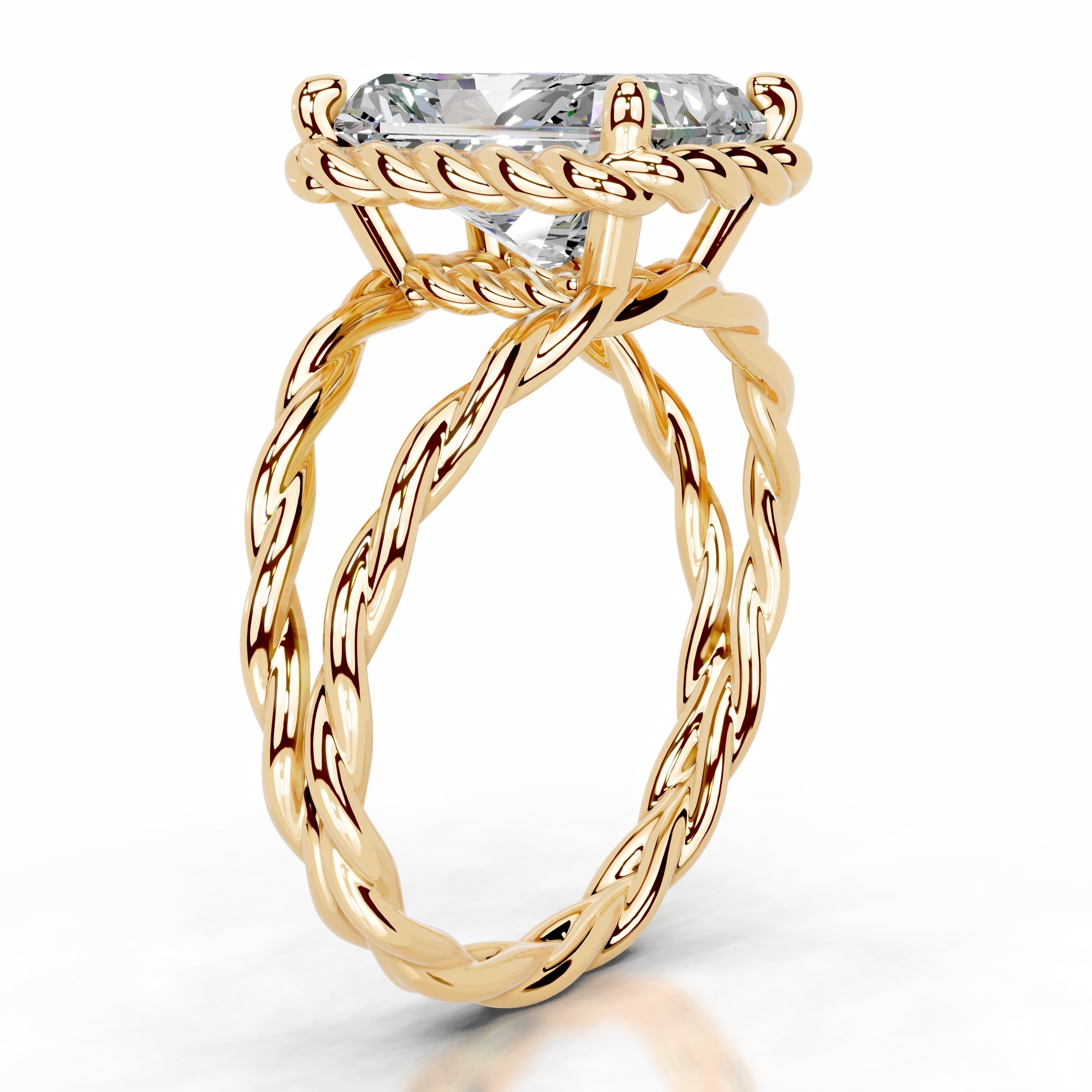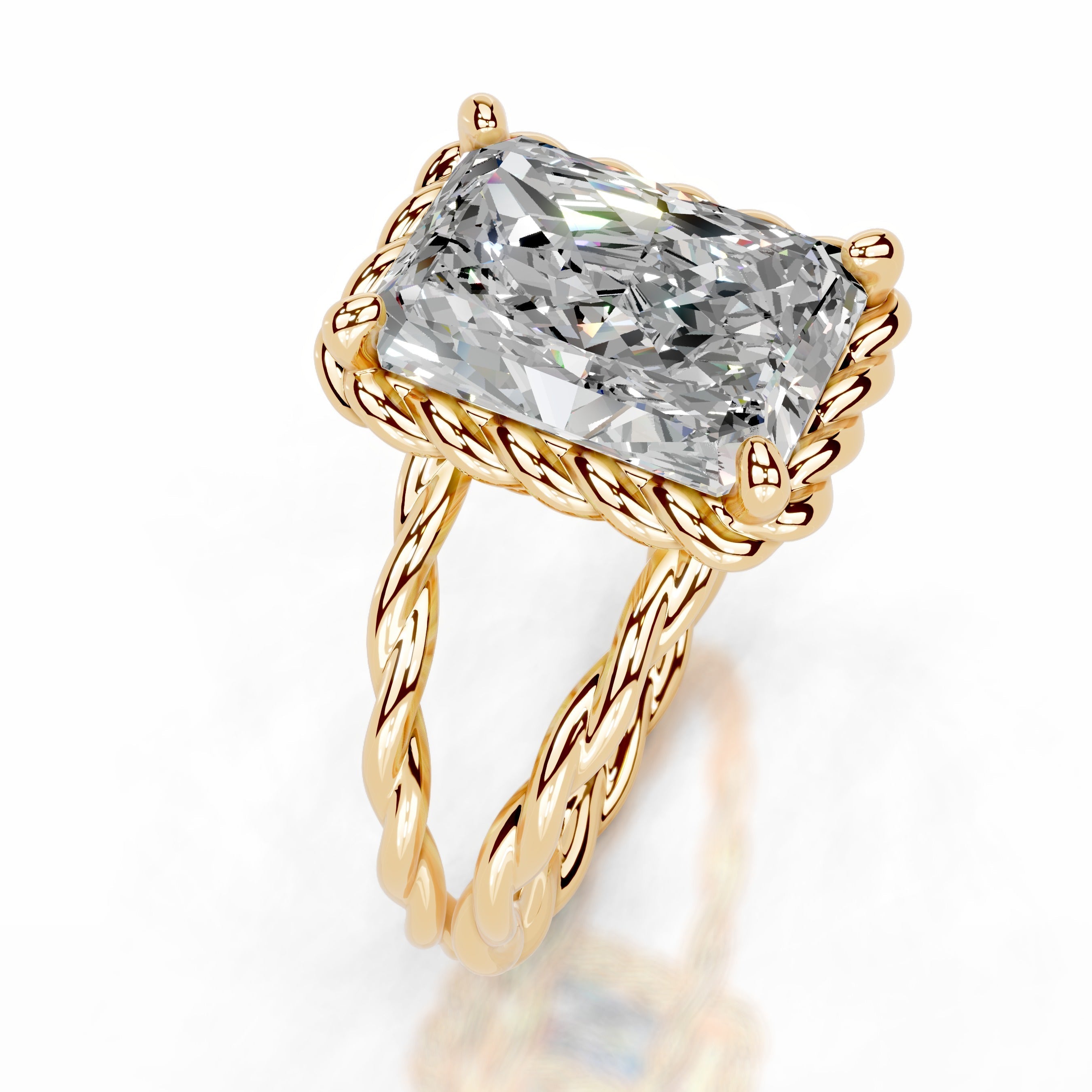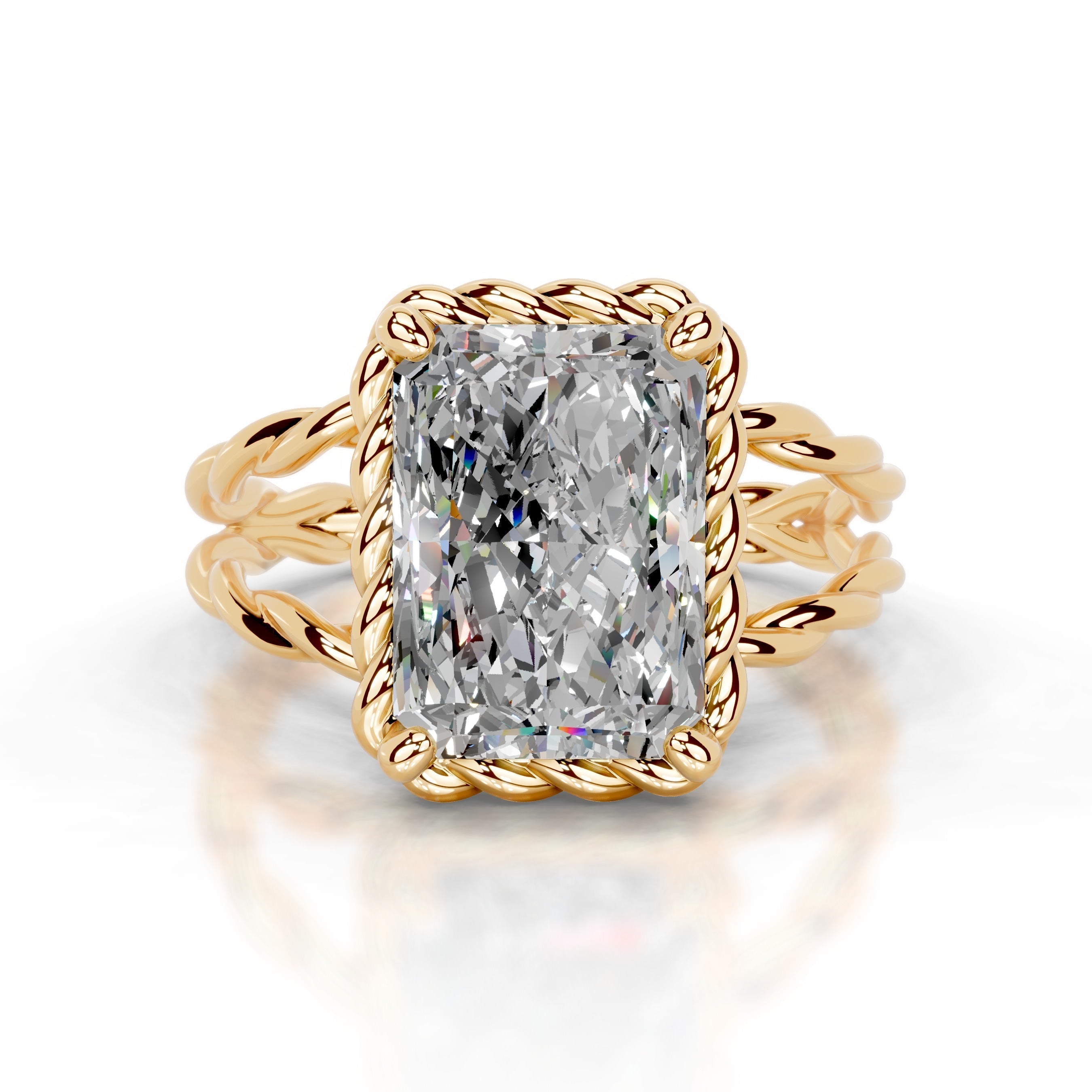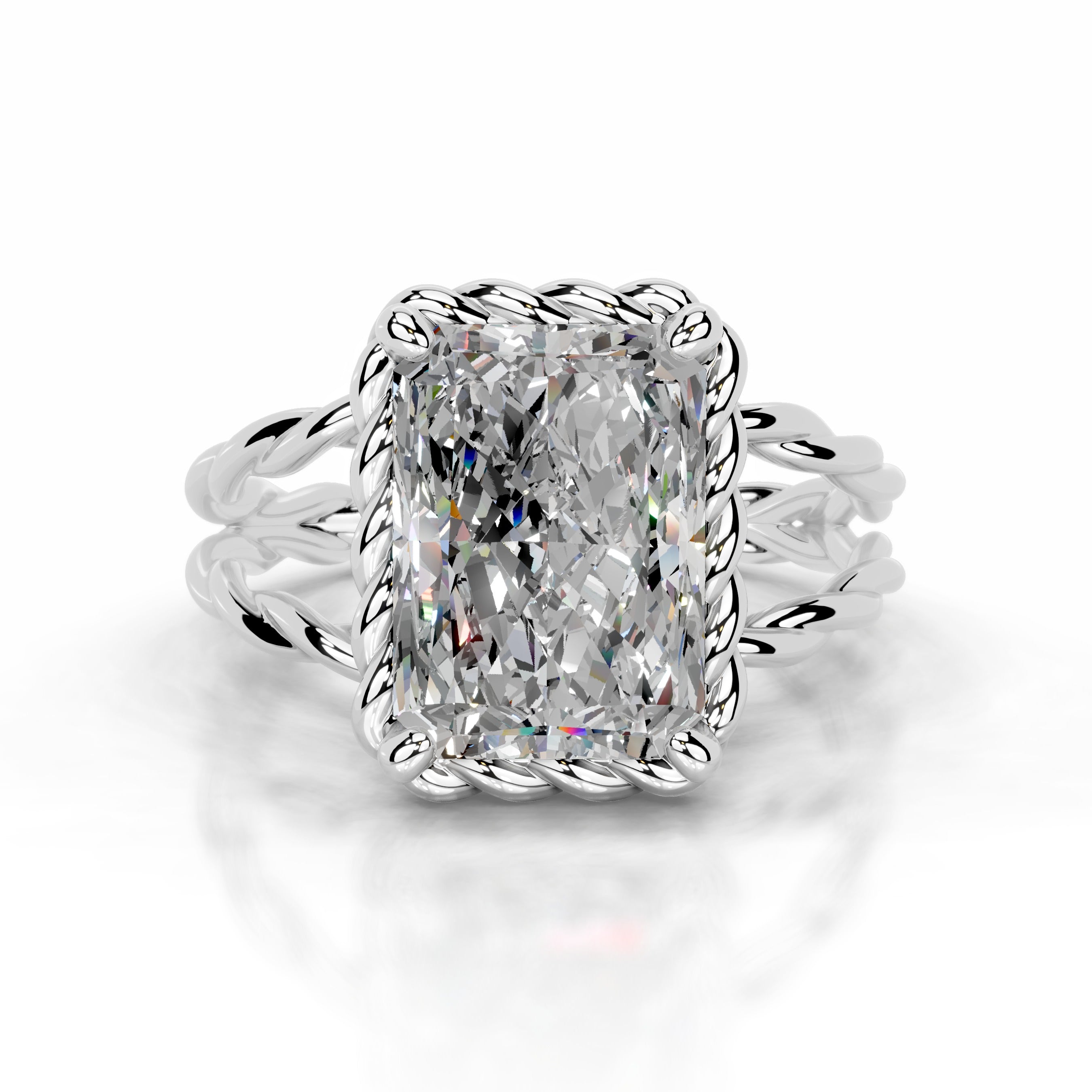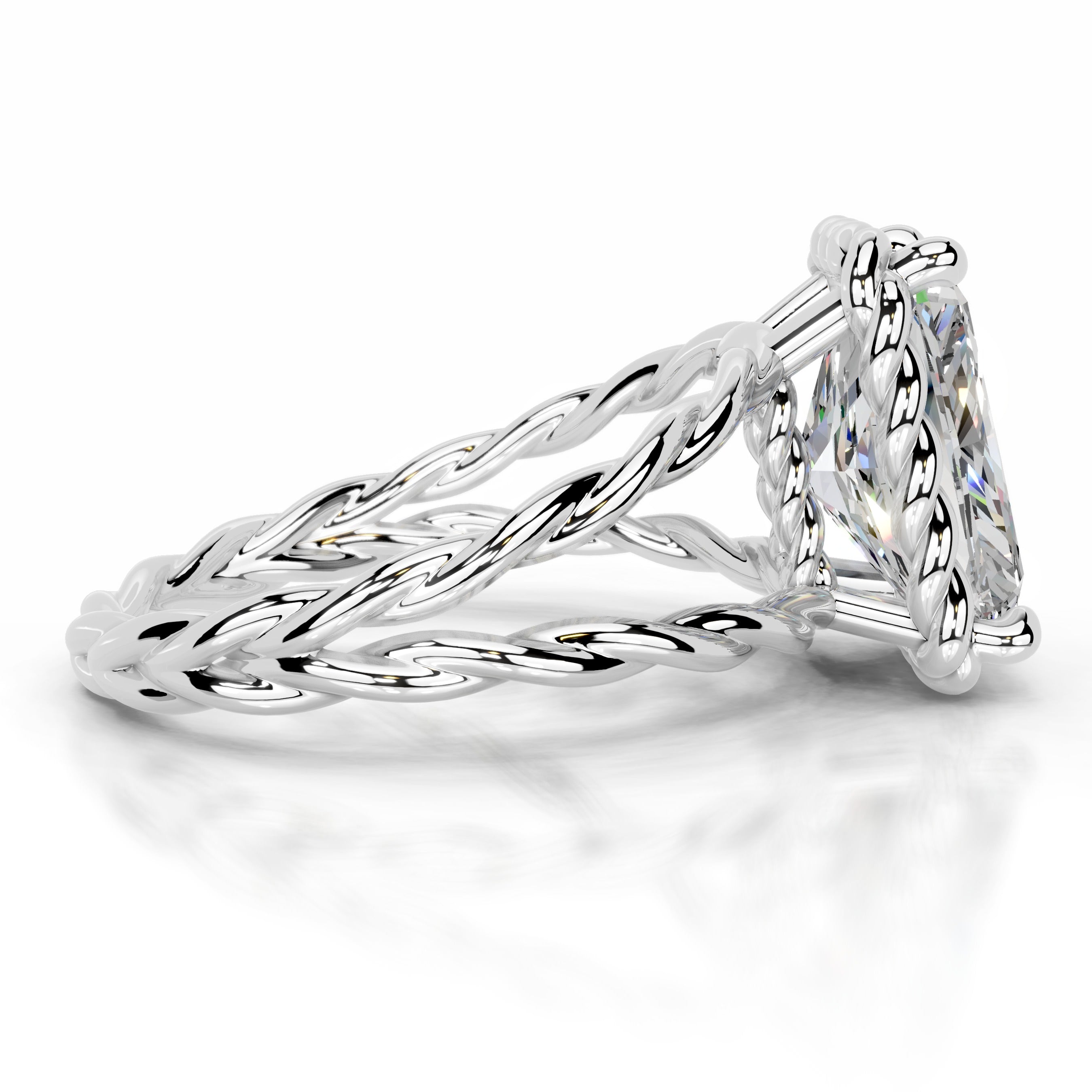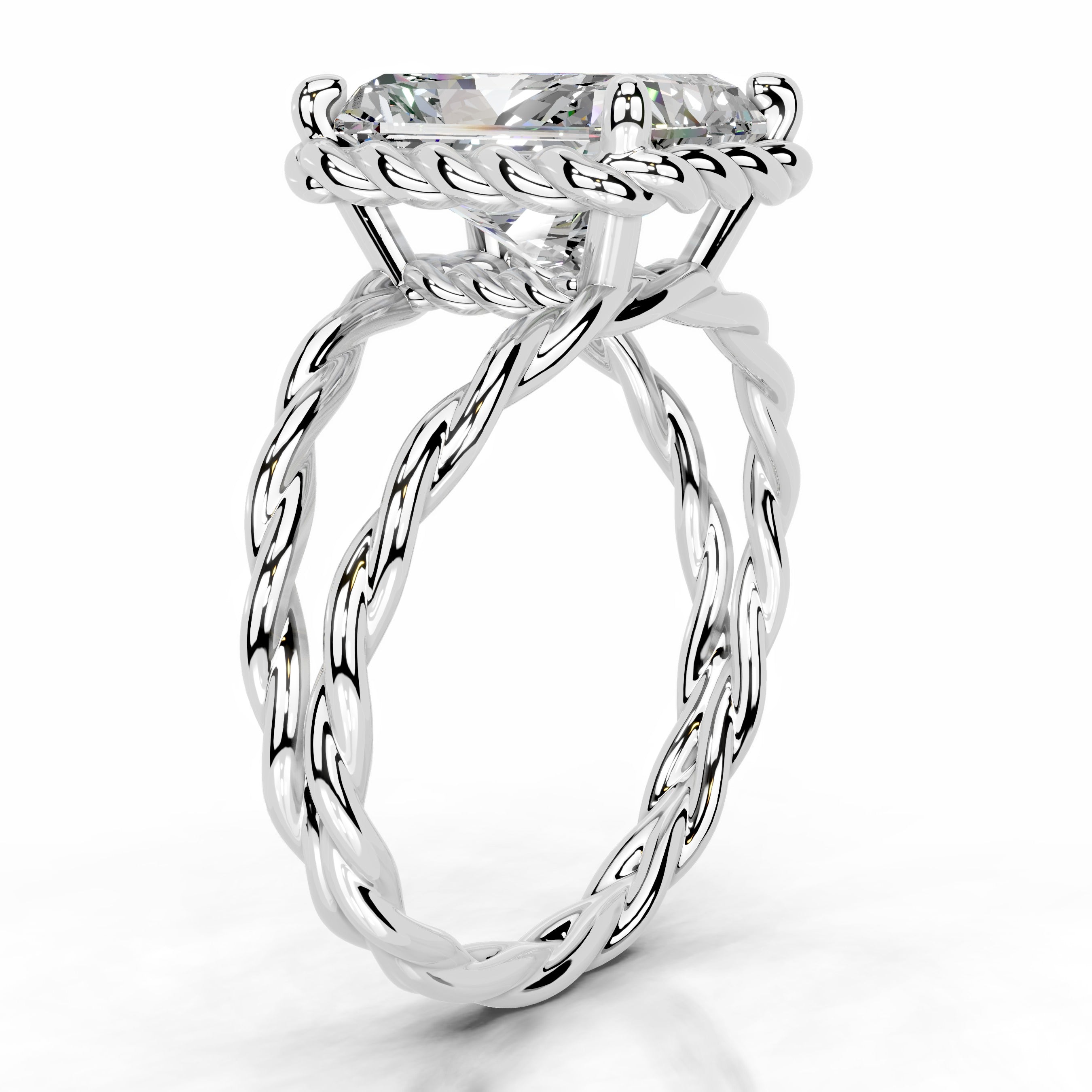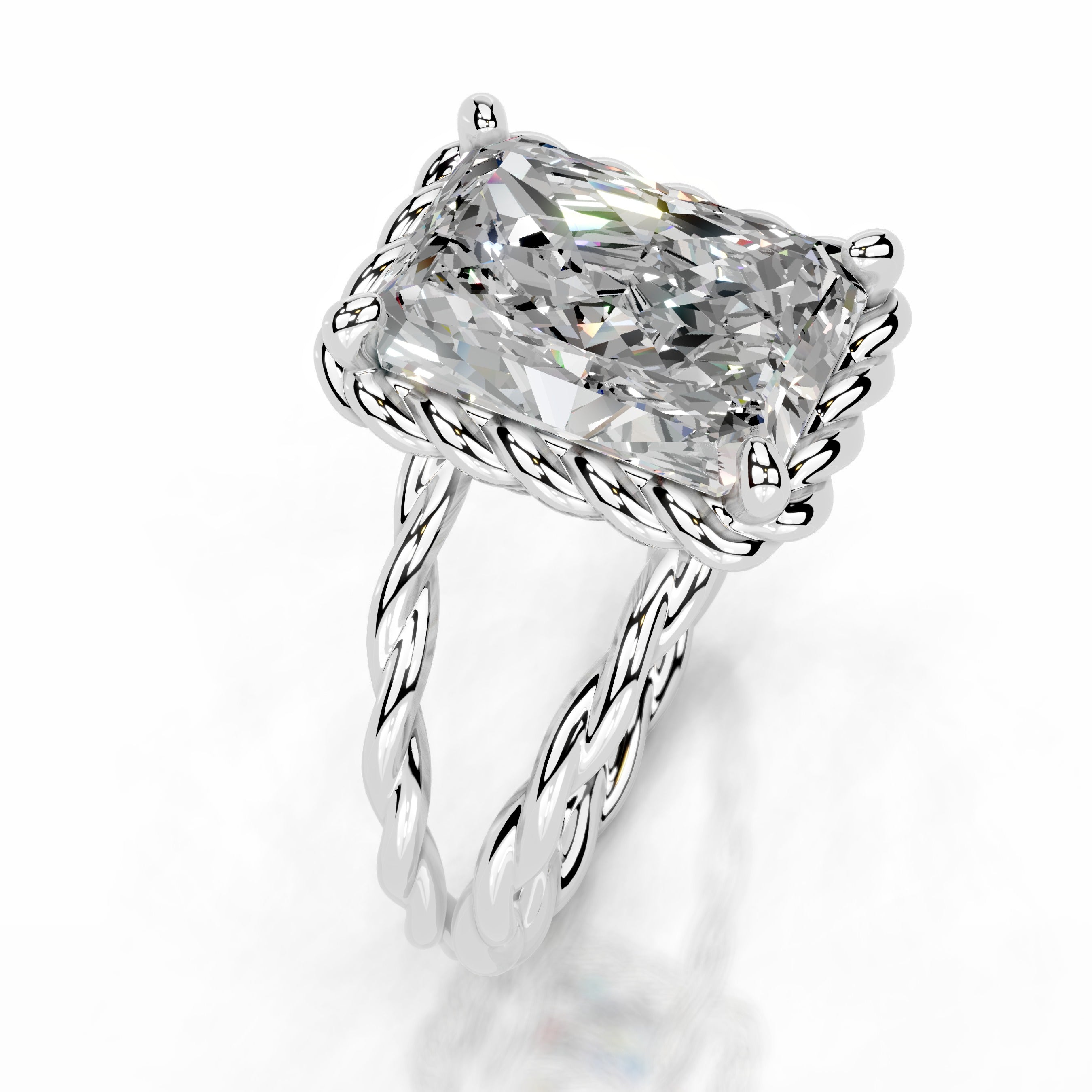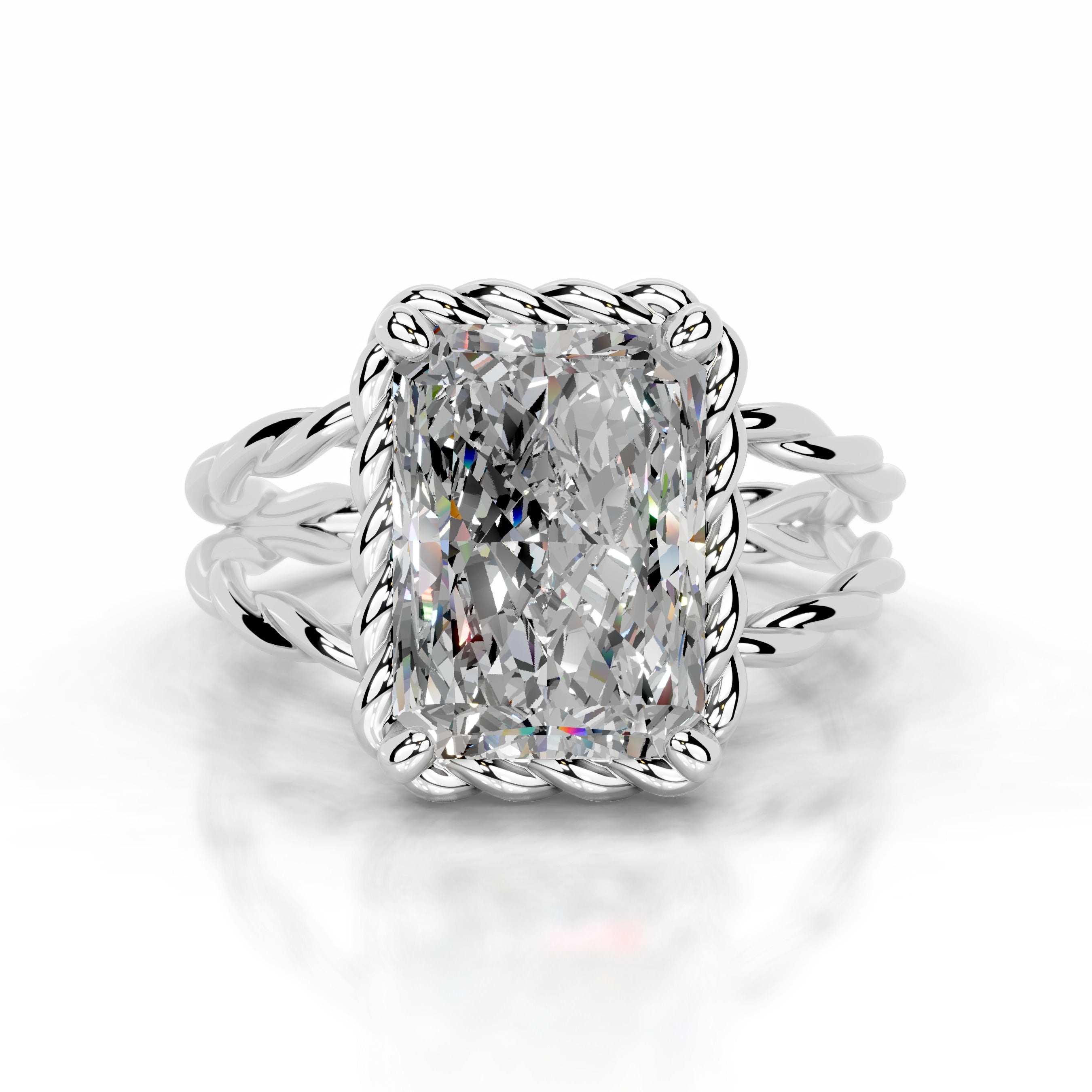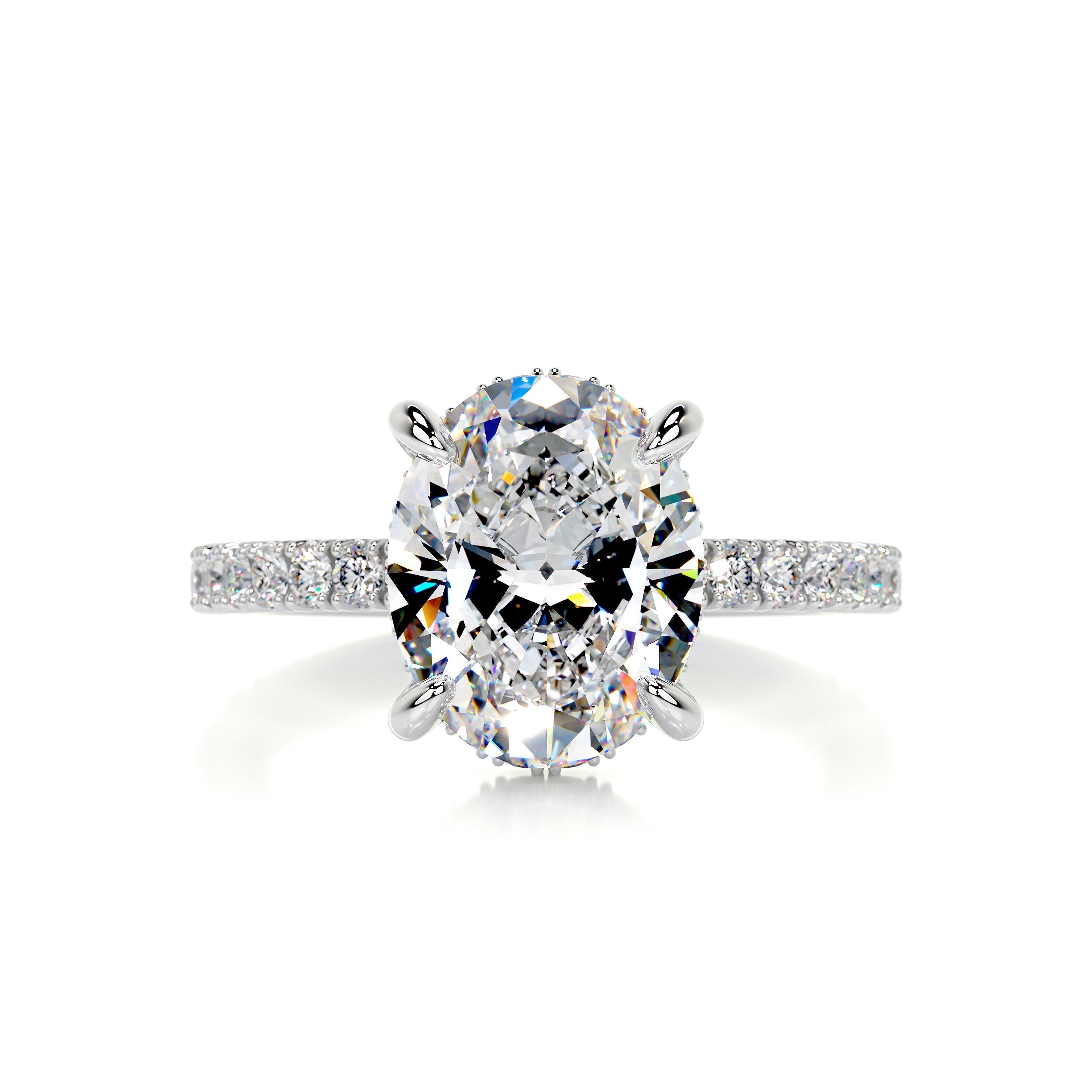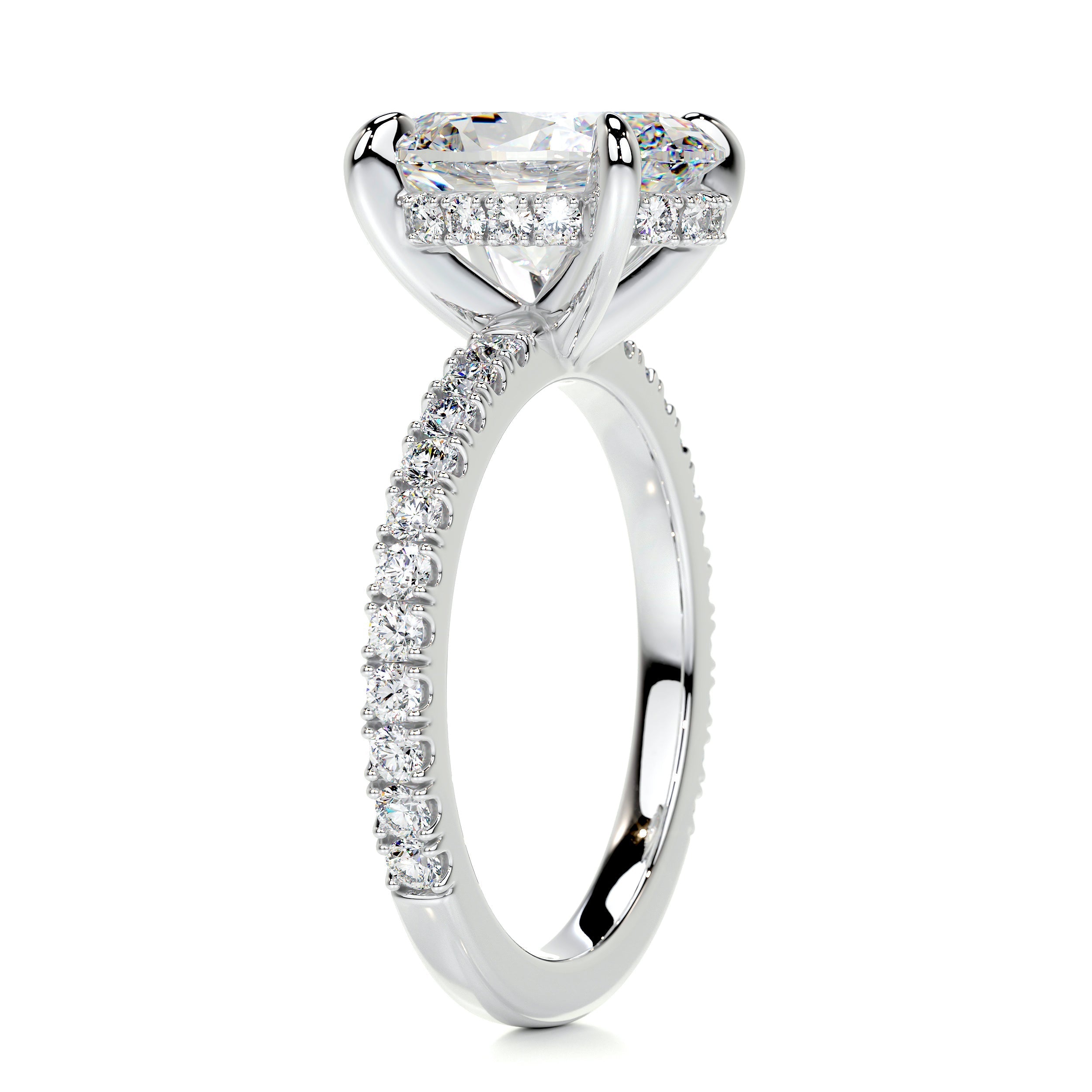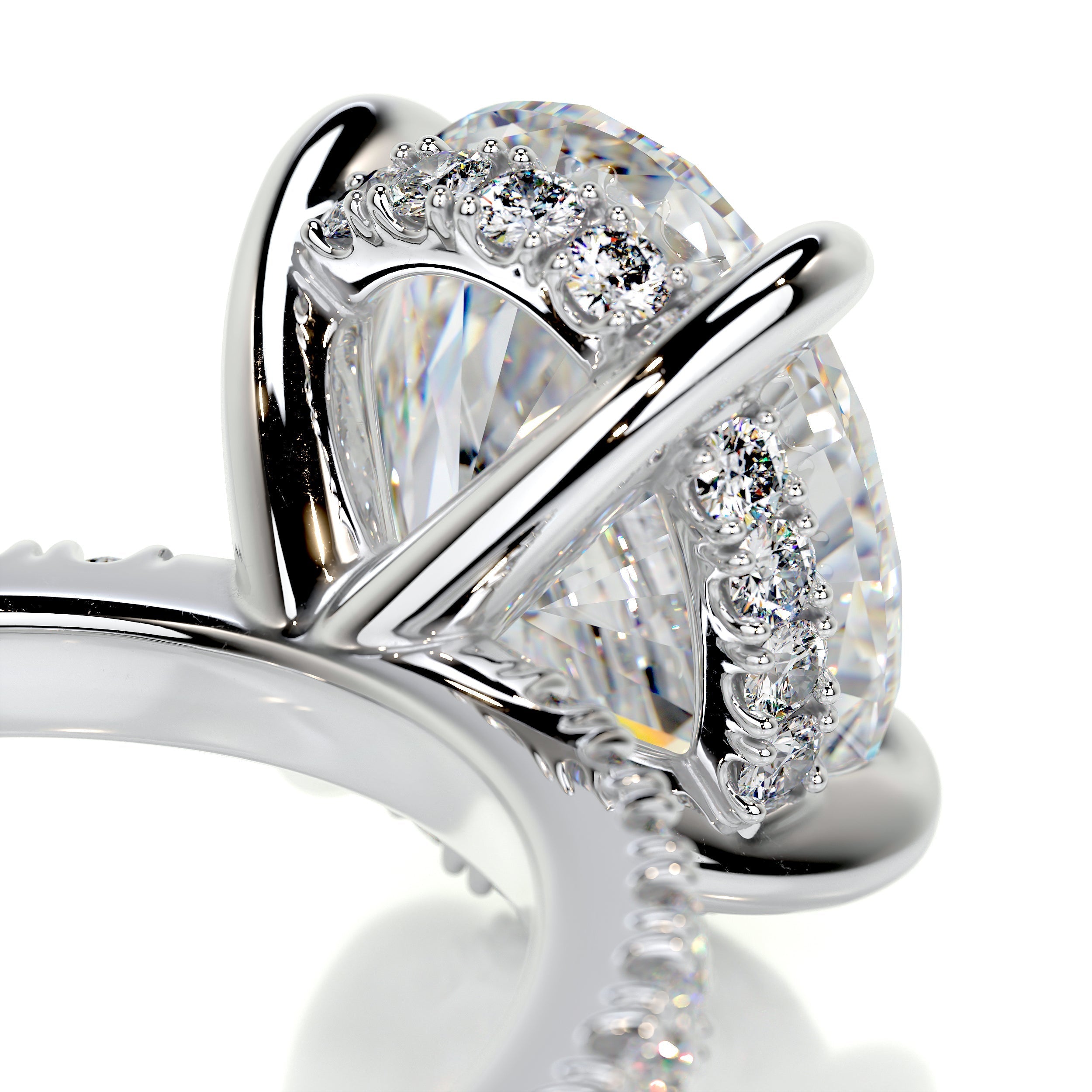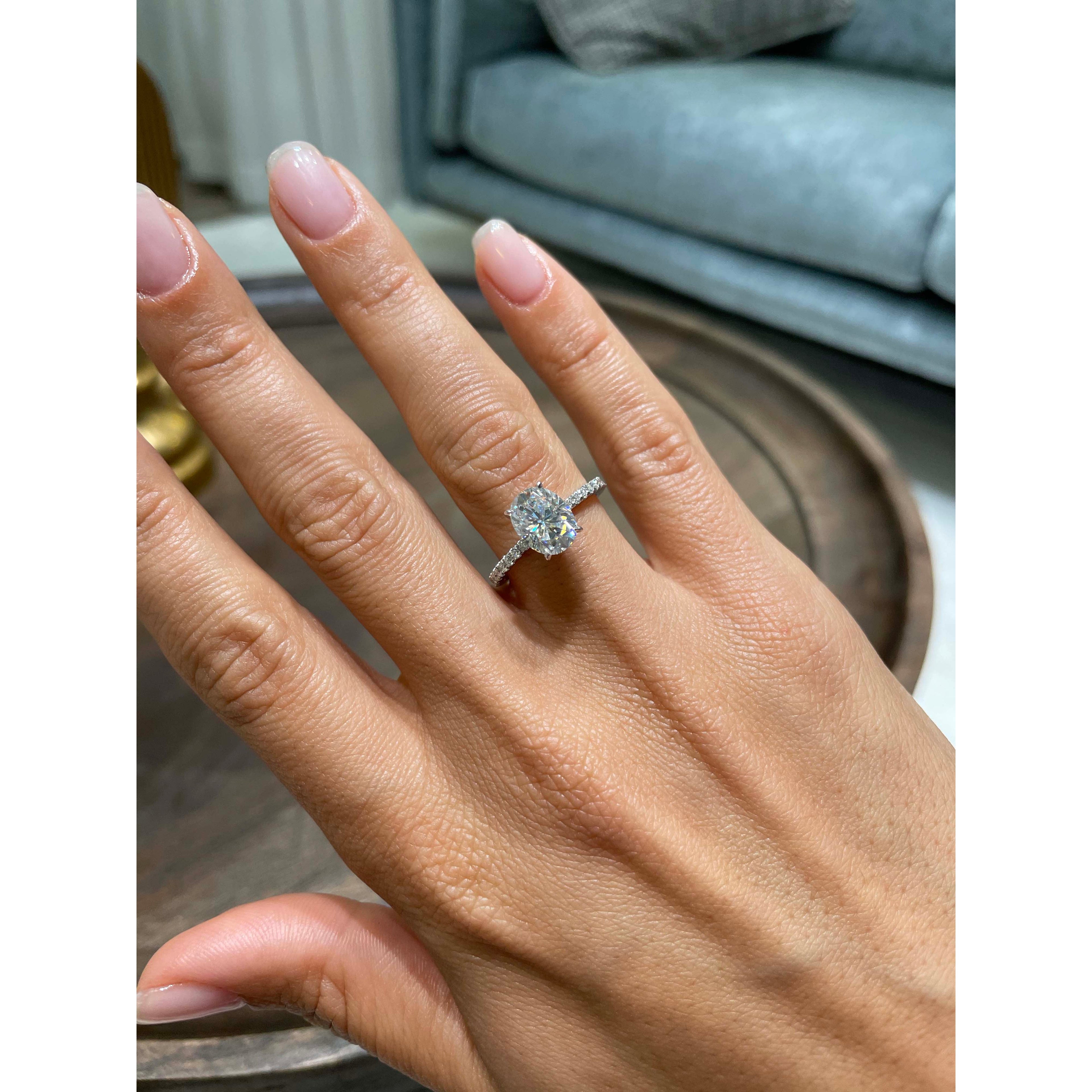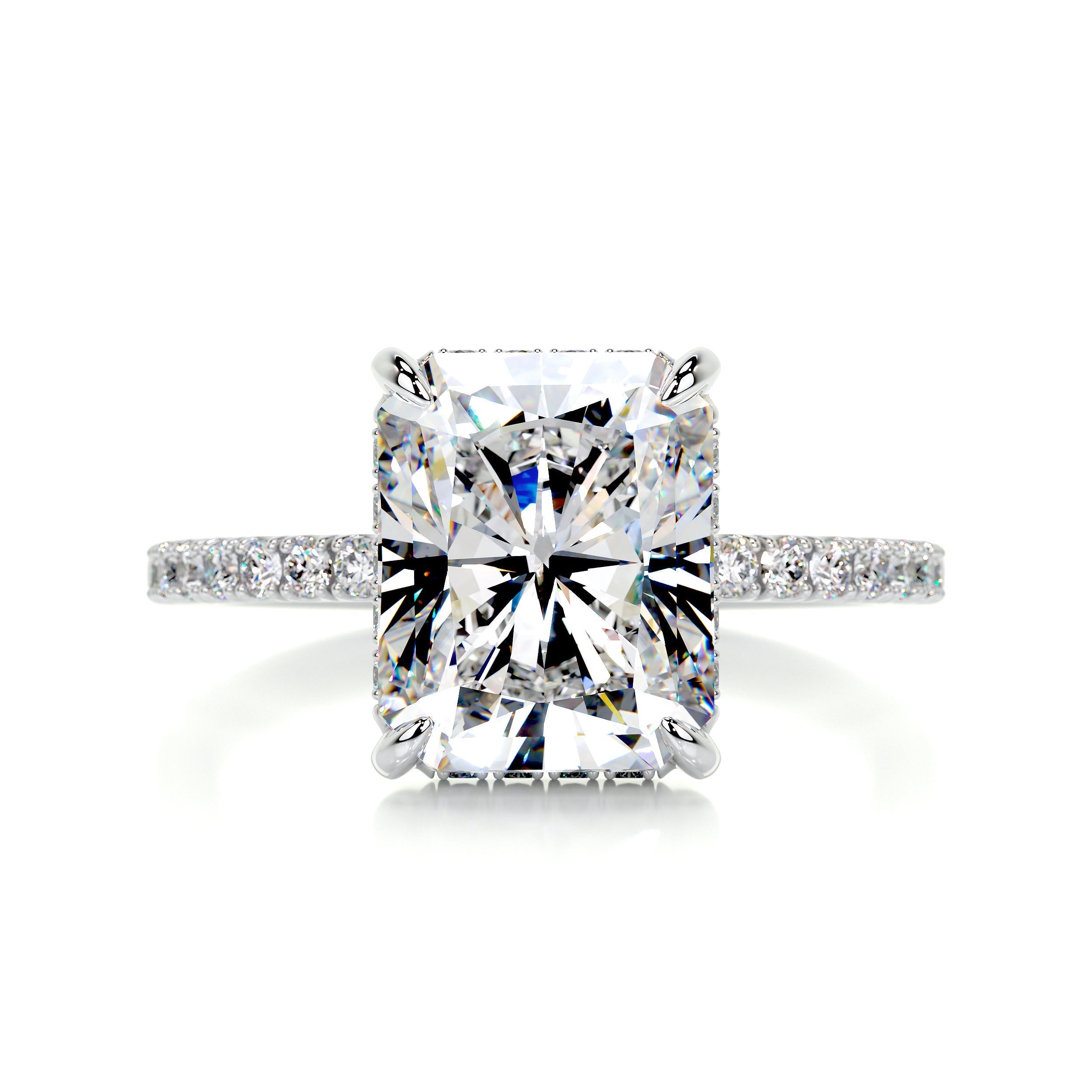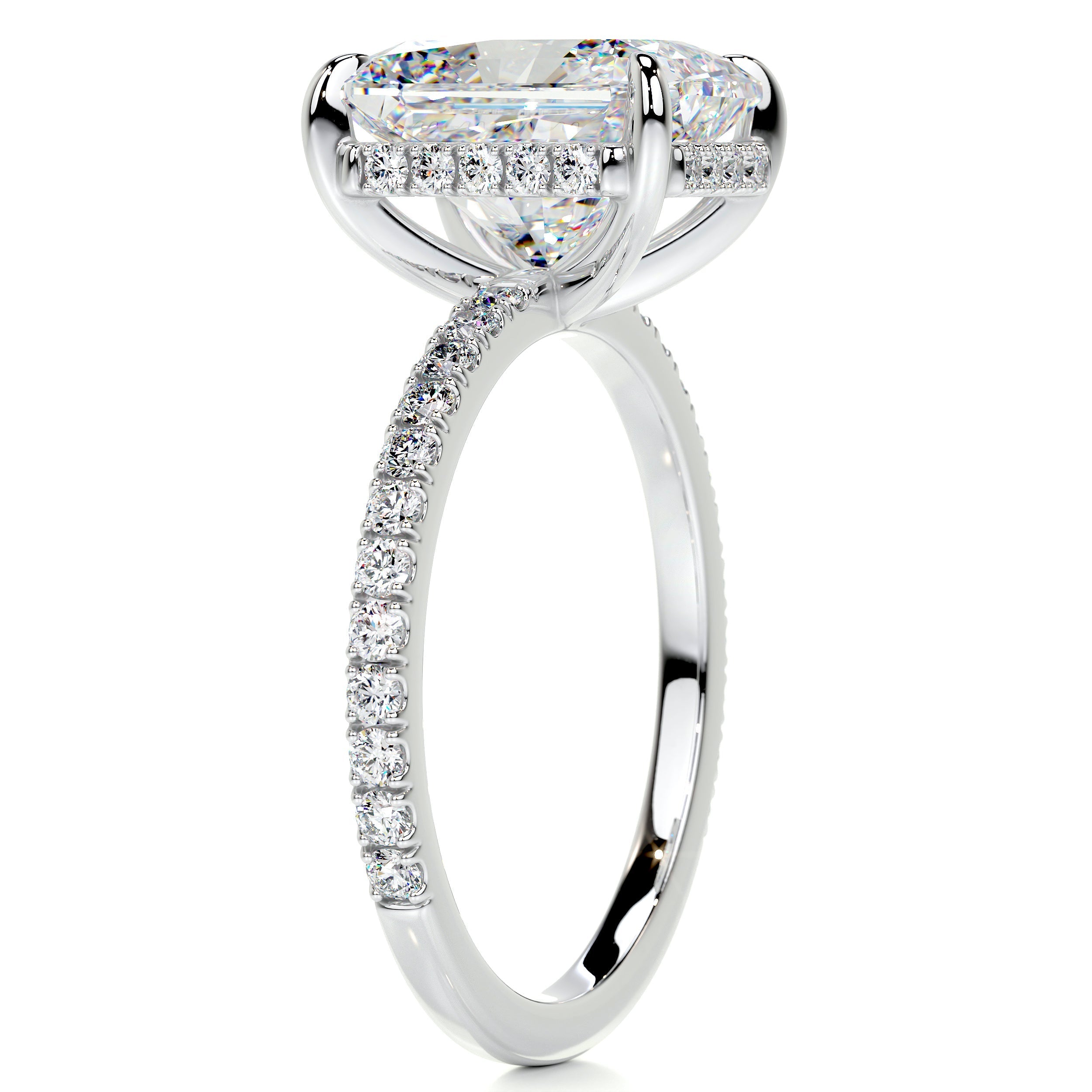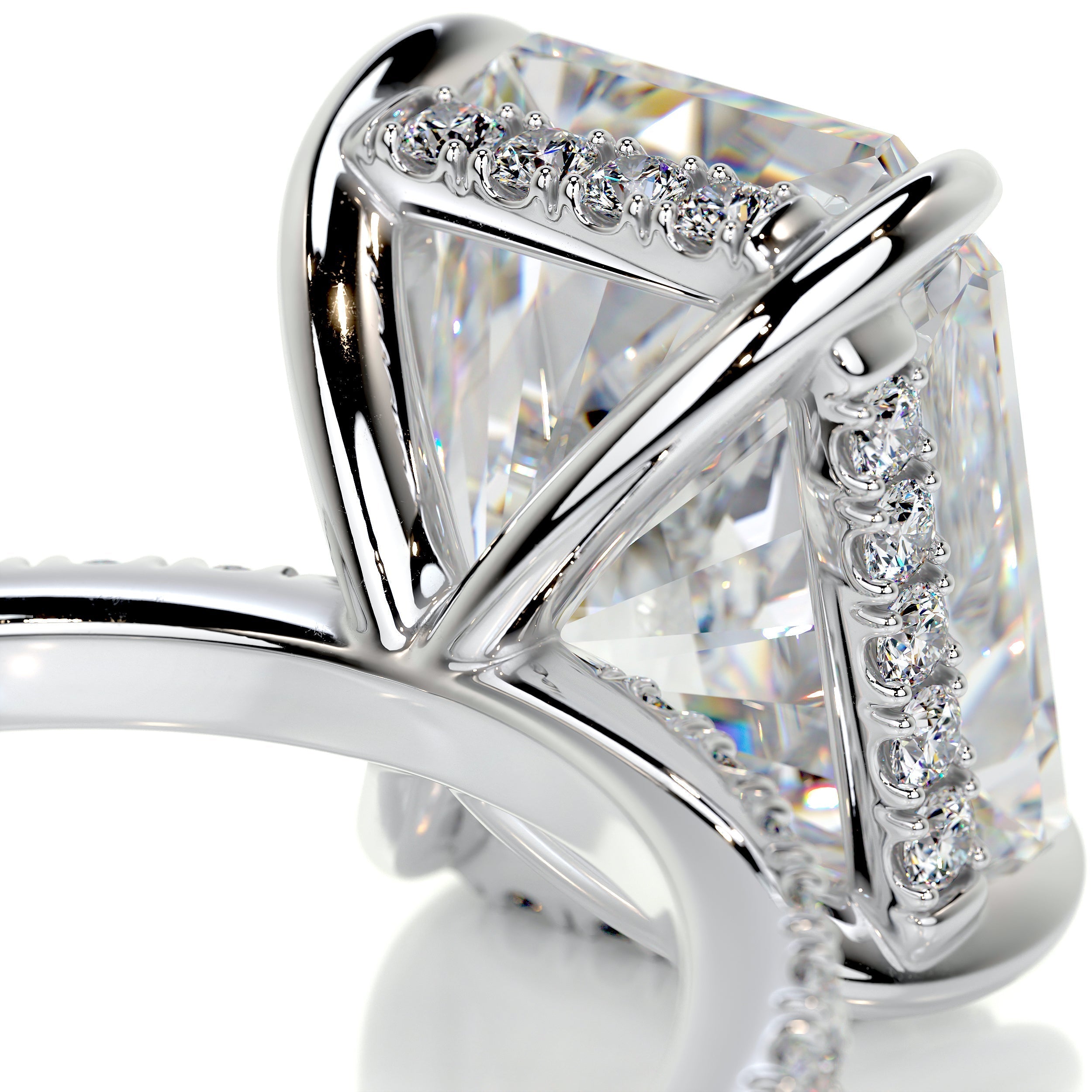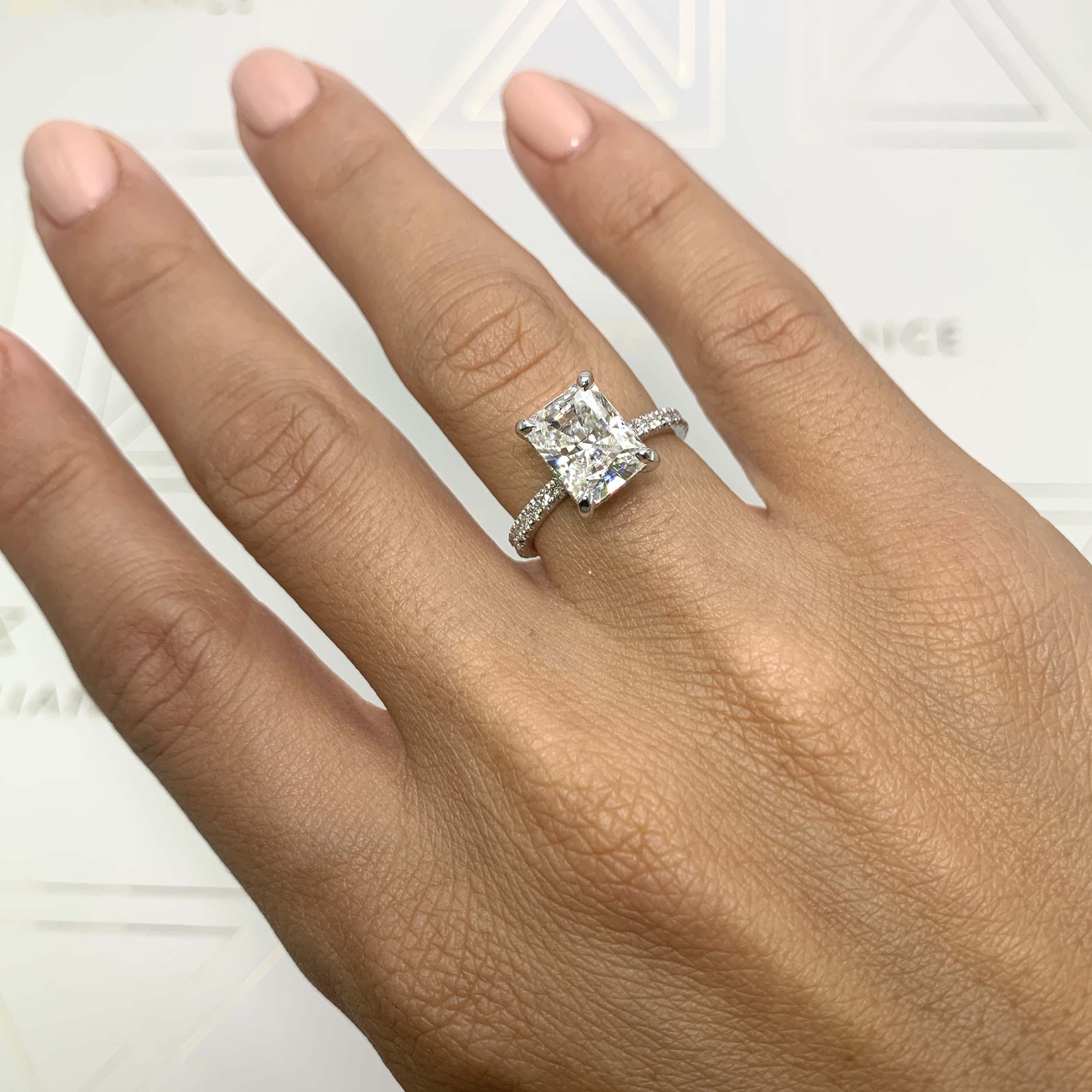
Moissanite vs.Diamond: What's theDifference?
Learn how moissanite and diamond compare in appearance, durability, and price to select the ideal gemstone for you.
Expertise you can trust: Brilliant Bond is known for its award-winning jewelry designs and seamless, innovative shopping experience. This Brilliant Bond gemstone guide compares moissanite vs. diamond, showcasing their differences in appearance, durability, price, and more. All Brilliant Bond guides are meticulously researched and reviewed by our certified gemologists, content, editorial, and brand teams before publication to ensure industry-leading excellence and accuracy.
What Is Moissanite?
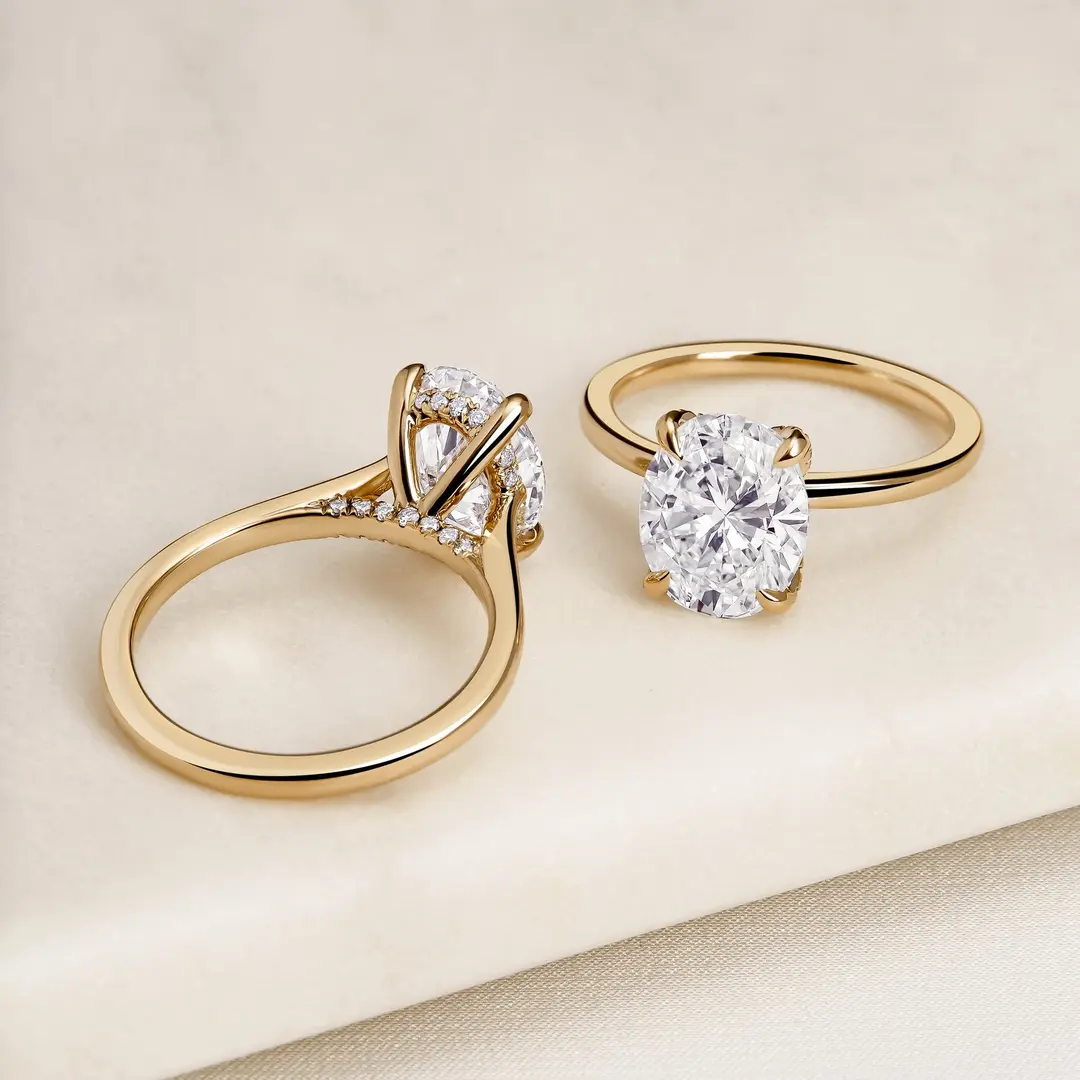
Moissanite is a mineral composed of silicon carbide. Often referred to as the gemstone from the stars, it was discovered in 1893 inside of a meteorite in Canyon Diablo, Arizona, by Nobel Prize-winning chemist Henri Moissan. Initially mistakenly identifying his discovery as diamonds, it wasn’t until 1904 that Moissan determined the crystals were, in fact, silicon carbide. This naturally occurring mineral form of what we now call moissanite was named in honor of Moissan later in his life.
In its natural form, moissanite remains very rare. It wasn’t until 1958 that geologists found moissanite outside of meteorites, discovering it in the Bond's upper mantle near Wyoming.
Today, moissanite is exclusively grown in laboratories as an alternative to diamonds. Created in a controlled environment with advanced technology, it is easily traceable and requires no mining. This means moissanite has a smaller carbon footprint and lessened environmental impact than a naturally mined gem.
Increasingly popular as an alternative to diamonds, moissanite is now widely used in jewelry, especially as the center stone of engagement rings.
